Coccinella septempunctata, the sevenspot ladybird, is a widespread species originally native from Europe, Asia and Northern Africa Because of its potential as a biological control agent of crop insect pests, several intentional introductions have occurred in the USA As a result, the species is now widely distributed and established in North AmericaThe name 'ladybird' comes from Christianity in which the 'lady' is the Virgin Mary and the red colour of the insect is her cloak The seven spots are her seven joys and seven sorrows Credit Pauline Smith / WTMLThis Sevenspotted Lady Beetle (Coccinella septempunctata) pauses to groom itself before continuing its lichenpaved trek According to Eaton and Kaufman, this introduced species (the C7) "has been spreading since its accidental introduction to Bergen County, New Jersey, in 1973" It's wellestablished in Minnesota and North Dakota now

Coccinella Septempunctata By Gary B Jungledragon
Seven spotted lady beetle larvae
Seven spotted lady beetle larvae-Greetings, BugFans, Sometimes, the origins of insects' names are pretty inscrutable, but not that of the Sevenspotted Ladybug Its name does need a little unpacking, though – like the firefly/lightning bug, the ladybug/ladybird is a beetle (alternate name, lady beetle) The Lady in question is the Virgin, to whom the people in the Middle Ages prayed when aphids were devouring their cropsSevenspotted Lady Beetle Watch later Share Copy link Info Shopping Tap to unmute If playback doesn't begin shortly, try restarting your device Up Next
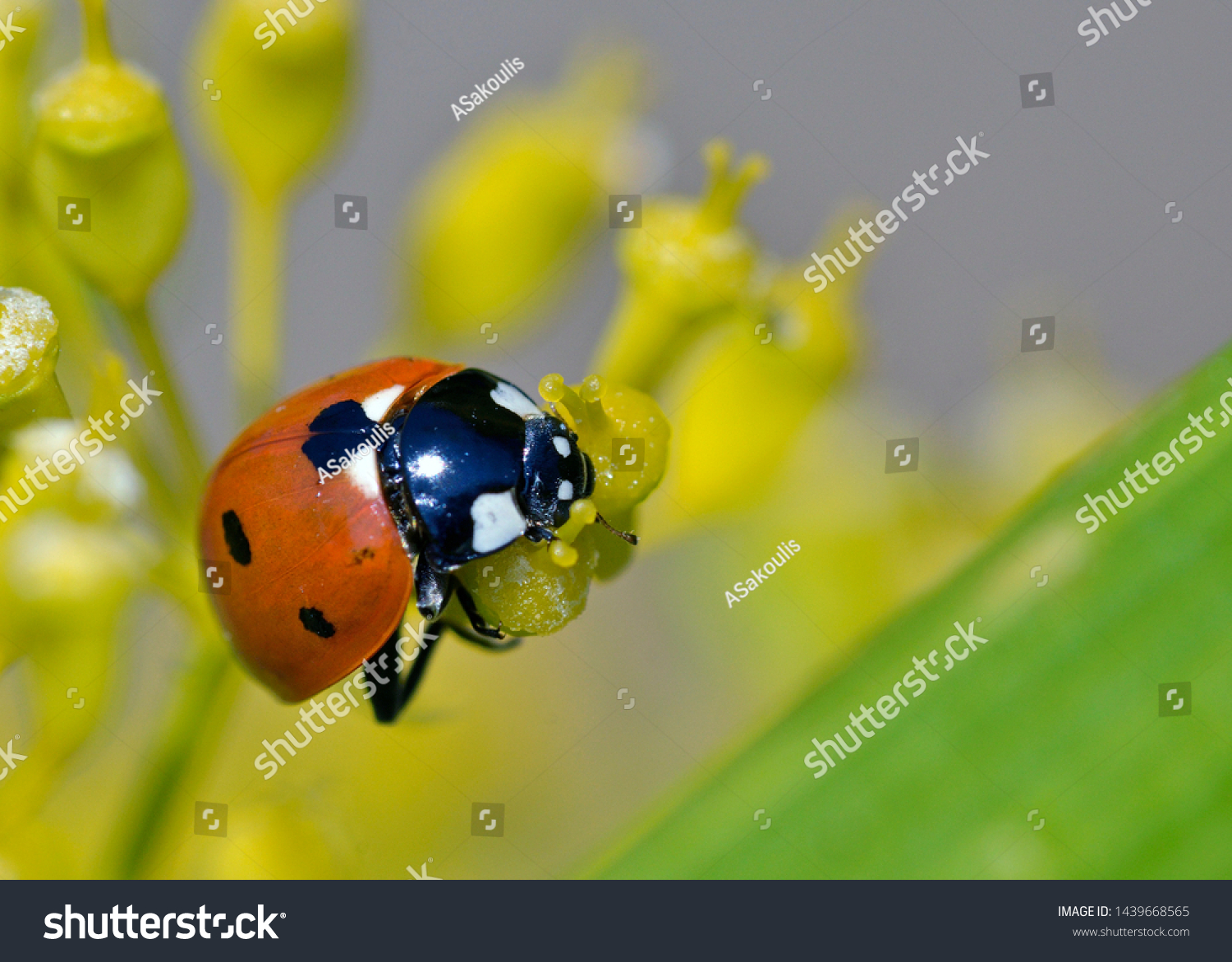


Coccinella Septempunctata Sevenspot Ladybird North America Stock Photo Edit Now
Signs and spotting tips The 7spot ladybird hibernates during the winter months, resting in vegetation, hollow plant stems and garden sheds You can spot it when it emerges in spring, usually from March to April, in search of food They're very common so look out for them in woods and urban areasCoccinellidae Genus Coccinella Species C septempunctata Binomial name Coccinella septempunctata ( Linnaeus, 1758) Coccinella septempunctata, the sevenspot ladybird (or, in North America, sevenspotted ladybug or "C7" ), is the most common ladybird in EuropeThese much loved critters are also known as lady beetles or ladybugs, and in many cultures they're considered good luck They come in many different colours and patterns, but the most familiar in the UK is the sevenspot ladybird, which has a shiny, redandblack body
Since septempunctata actually means 'seven spotted' in Latin, I consider this to be a valid common name for this species Because it's still a lot to type scientists doing research on this lady beetle usually abbreviate that to C7 Coccinella septempunctata This pretty little lady beetle is nonnative, and wasn't thought to be invasiveSince septempunctata actually means 'seven spotted' in Latin, I consider this to be a valid common name for this species Because it's still a lot to type scientists doing research on this lady beetle usually abbreviate that to C7 Coccinella septempunctata This pretty little lady beetle is nonnative, and wasn't thought to be invasiveAdult lady beetles are shipped in cotton bags mixed with wood shavings One half pint (4,500) will treat 2,500 square feet (50′ x 50′) of growing area To release, simply water your garden and shake the predators out close to pest populations DO NOT release during the sunny part of the day, but rather wait until evening
Sevenspotted Lady Beetle Coccinella septempunctata (Linnaeus, 1758) (Coleoptera Coccinellidae) This lady beetle has been repeatedly introduced to North America from Europe as a biological control agent It was established in the early 1970s in New Jersey and has been spread naturally throughout North AmericaIts scientific binomial nomenclature is Coccinella septempunctata One of the more visually appealing species of beetle, the ladybug is named after the seven black spots on its chitinous exoskeleton The hardened forewings (elytra) are red, giving the sevenspotted Ladybird its distinguishing colorThe Sevenspotted Lady Beetle is the official state insect in five different states Delaware, Massachusetts, New Hampshire, Ohio, and Tennessee Identification The Sevenspotted Lady Beetle is relatively large, between 8 and 8 mm in length The head is black, with one white dot over each eye



Harmonia Axyridis Wikipedia



7 Spot Ladybird Naturespot
The red color is said to represent her cloak, and the black spots her seven sorrowsThe sevenspotted ladybug (Coccinella septempunctata), otherwise known as the sevenspotted ladybird in Europe, is the most common ladybird Its elytra are of a red colour, but punctuated with three black spots each, with one further spot being spread over the junction of the two, making a total of seven spots, from which the species derives both its commonand scientific names (from the LatinCoccinella septempunctata, the sevenspot ladybird (or, in North America, sevenspotted ladybug or 'C7'), is the most common ladybird in Europe Its elytra are of a red colour, but punctuated with three black spots each, with one further spot being spread over the junction of the two, making a total of seven spots, from which the species derives both its common and scientific names (from the



File Seven Spotted Lady Beetle Coccinella Septempunctata Jpg Wikimedia Commons
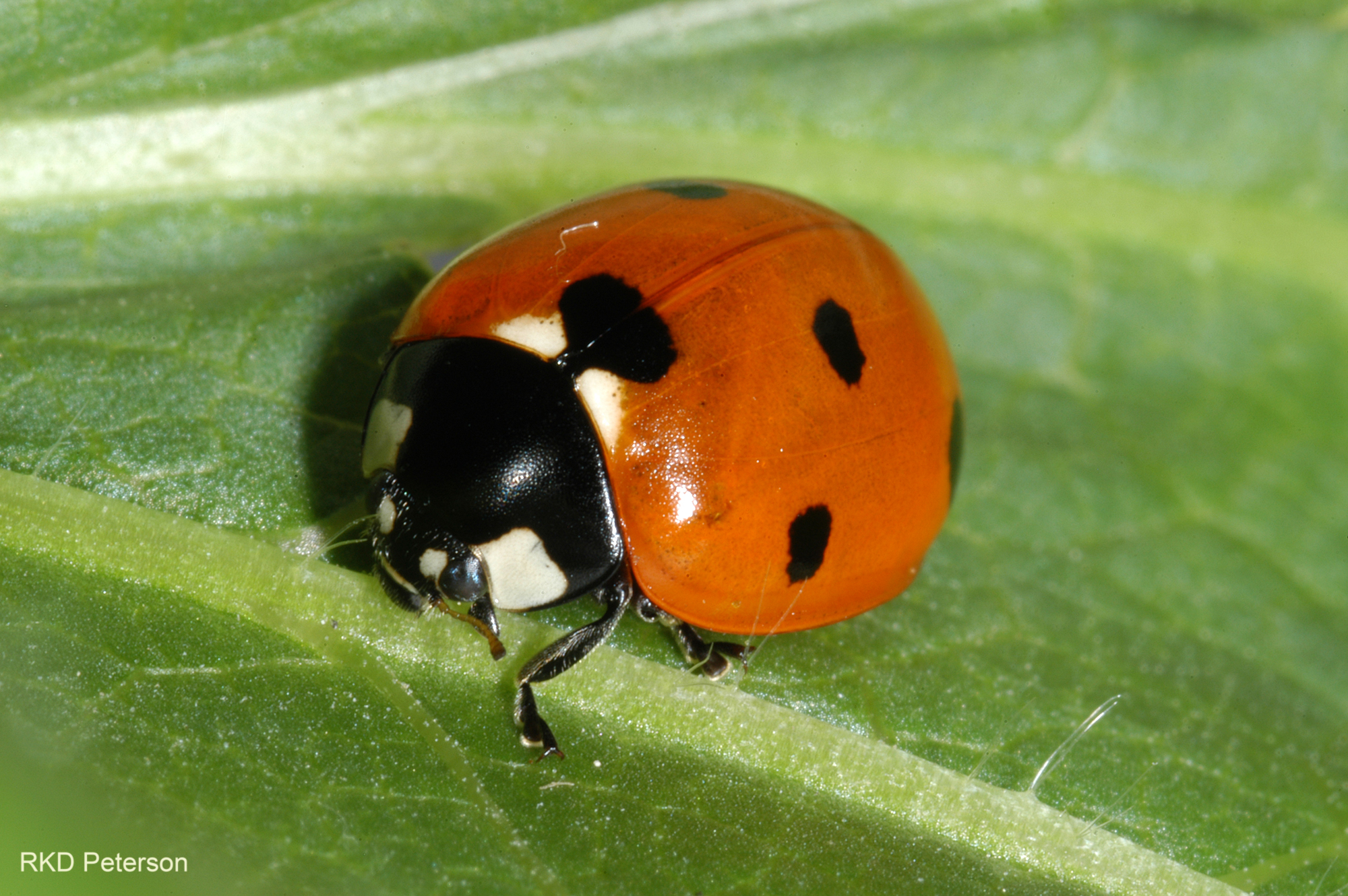


Coccinella Septempunctata Insects Of The Greater Yellowstone Ecosystem Montana State University
The sevenspotted ladybug (Coccinella septempunctata), otherwise known as the sevenspotted ladybird in Europe, is the most common ladybird Its elytra are of a red colour, but punctuated with three black spots each, with one further spot being spread over the junction of the two, making a total of seven spots, from which the species derives both its commonand scientific names (from the LatinCoccinella septempunctata, the sevenspot ladybird (or, in North America, sevenspotted ladybug or 'C7'), is the most common ladybird in EuropeCoccinella species are a major group of aphidfeeding lady beetles, with about 12 species of Coccinella occurring in the United States DESCRIPTION Life Cycle The adult Coccinella septempunctata is relatively large, 028 to 031 inch (78 mm), and has a white to pale spot on either side of the head



7 Spot Ladybird Naturespot



File Seven Spotted Lady Beetle Jpg Wikimedia Commons
Archives sevenspotted lady beetle Ladybugs and Their Larvae Posted on March 28, 18 by MGNV Webmaster If you are outside working in your garden, or just enjoying the many flowers that bloom throughout the growing season, then you may happen upon ladybugs or lady beetles The most common ones in this area, though, are not native toSevenspotted Lady Beetle, Ladybug, Ladybird (Coccinella septempunctata) by Magpye Oct 13, 06 947 PM The Sevenspotted Ladybug, late July, west KY, USA Sevenspotted Lady Beetle October 06 October 06 October 06 October 06 Taken on 26th September 06 A family feast!The Sevenspotted Lady Beetle larva has orange spots on its black body Each segment on the long, tapered abdomen has a set of bumps on it Six black legs near the head are large and protrude from under the long juvenile They help the larva move quickly over a plant as it chases down smaller aphids and eats them



7 Spotted Ladybug Page 1 Line 17qq Com



Seven Spotted Ladybird Arthropods In Your Schoolyard Inaturalist
Archives sevenspotted lady beetle Ladybugs and Their Larvae Posted on March 28, 18 by MGNV Webmaster If you are outside working in your garden, or just enjoying the many flowers that bloom throughout the growing season, then you may happen upon ladybugs or lady beetles The most common ones in this area, though, are not native toYour Seven Spotted Lady Beetle, though introduced, is nowhere near the problem that the Multicolored Asian Lady Beetle represents Your pupa is also that of a Seven Spotted Lady Beetle as evidenced by this image on BugGuide In your case, they are more beneficial than a problem in the garden The concept of introduced species displacing nativeFamily Coccinellidae (Lady Beetles) Subfamily Coccinellinae Genus Coccinella No Taxon (pale elytral suture) Species septempunctata (Sevenspotted Lady Beetle) Synonyms and other taxonomic changes Coccinella septempunctata Linnaeus
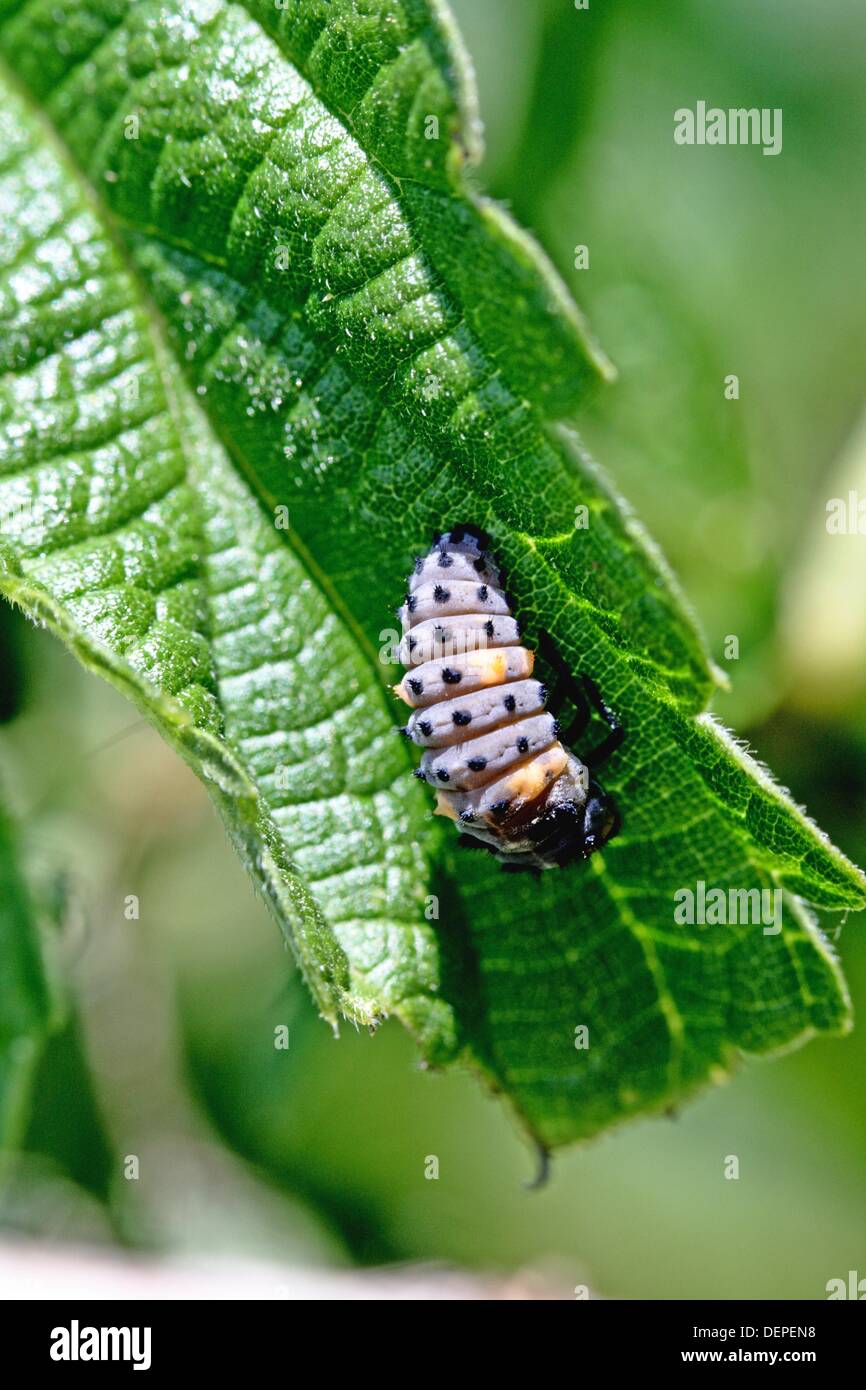


Seven Spotted Ladybird Beetle Coccinella Septempunctata Larvae On Stock Photo Alamy
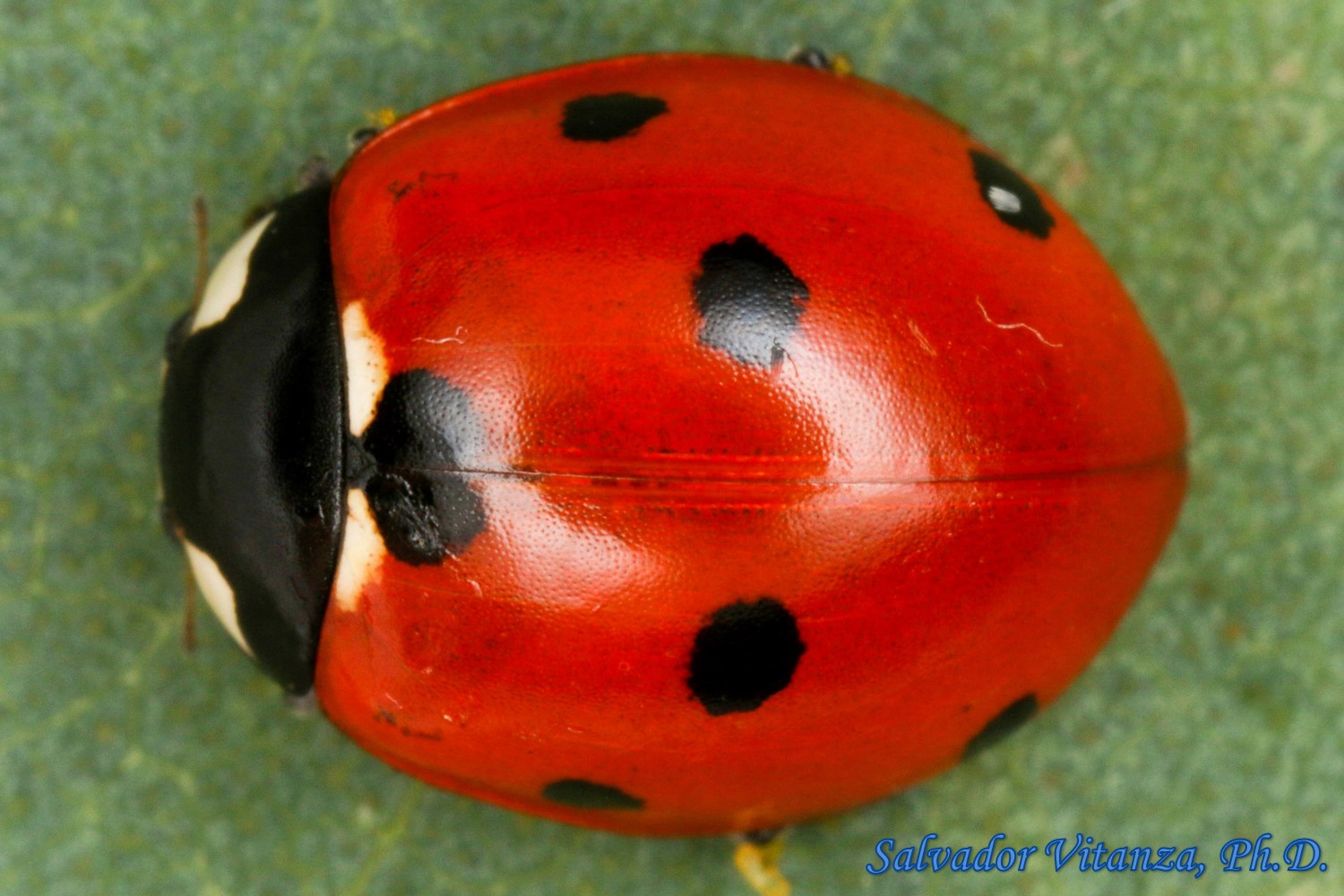


Coleoptera Coccinellidae Coccinella Septempunctata Seven Spotted Lady Beetle H Urban Programs El Paso County
The sevenspotted lady beetle is a stereotypical lady beetle it is reddish with black spots, has a shiny, round, domed body, a flat underside, and tiny antennae Identify this species by the presence of a white spot on either side of the head, and the 7 black spots on the elytra (shelllike wing covers)SevenSpotted Lady Beetle Coccinella septempunctata Although originating from Europe and Asia, the SevenSpotted lady beetle can be commonly found throughout the United States From this species was introduced to reduce aphid populationsYour Seven Spotted Lady Beetle, though introduced, is nowhere near the problem that the Multicolored Asian Lady Beetle represents Your pupa is also that of a Seven Spotted Lady Beetle as evidenced by this image on BugGuide In your case, they are more beneficial than a problem in the garden


Seven Spotted Ladybug



Seven Spotted Lady Beetle Coccinella Septempunctata Stock Image Image Of Beetles Environment
According to Arkive, the Seven Spotted Lady Beetle might be native to Europe Arkive states "Ladybirds are perhaps the most wellknown and popular of all British beetles, and the sevenspot ladybird is one of the commonest species This rounded beetle has bright red wing cases with 7 black spots, although some individuals may have more orCommon lady beetle predators include birds and small mammals Spiders are also known to prey on Coccinella septempunctata larvae Cannibalism on eggs and larvae of the same species are also a significant threat Other lady beetle species, Coccinellidae, also prey on the eggs and larvae of C septempunctataSevenSpotted Lady Beetles are red with 7 black spots on their elytra (wings) just as their common name suggests The seventh spot overlaps on the midline towards the head They are small at about 1/4 of an inch The adults overwinter in leaf litter or other protected sites, usually near where they were reared and fed In the spring they will



File Seven Spotted Lady Beetle Jpg Wikimedia Commons
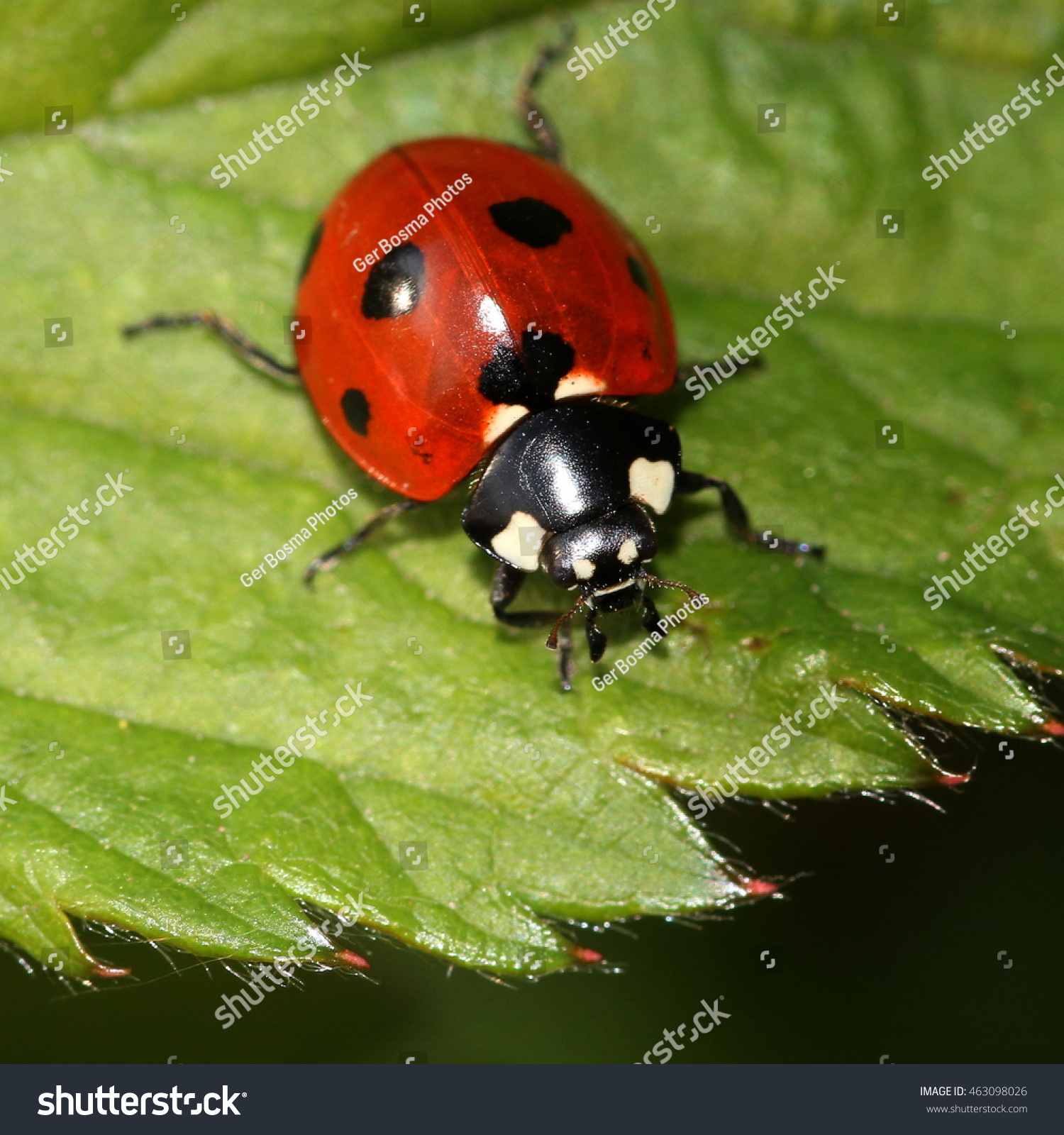


European Seven Spot Ladybird Coccinella Septempunctata Stock Photo Edit Now
The SevenSpotted Ladybug (Coccinella septempunctata), family Coccinellidae, is one of about 5,000 species of ladybugs in the world Most species come on a pretty basic chassis with a variety of dots and dashes against a background that varies from yellow to pink to red to black, sometimes within the same speciesThey are numerous and can be found on many plants Don't despair though, there are a lot of good bugs out there that feed on aphids I will cover lady bugs in this post Most people love ladybugs (I may be wrong ) What's not to like?Not all Missouri lady beetles are red with black spots The fourspotted lady beetle reverses the pattern This is one of our native species Interestingly, a subspecies that occurs southeast of Missouri has yellow spots instead of red Learn more about this and other lady beetles (ladybugs) on their group page



Seven Spotted Lady Beetle Coccinella Septempunctata Inaturalist Ca
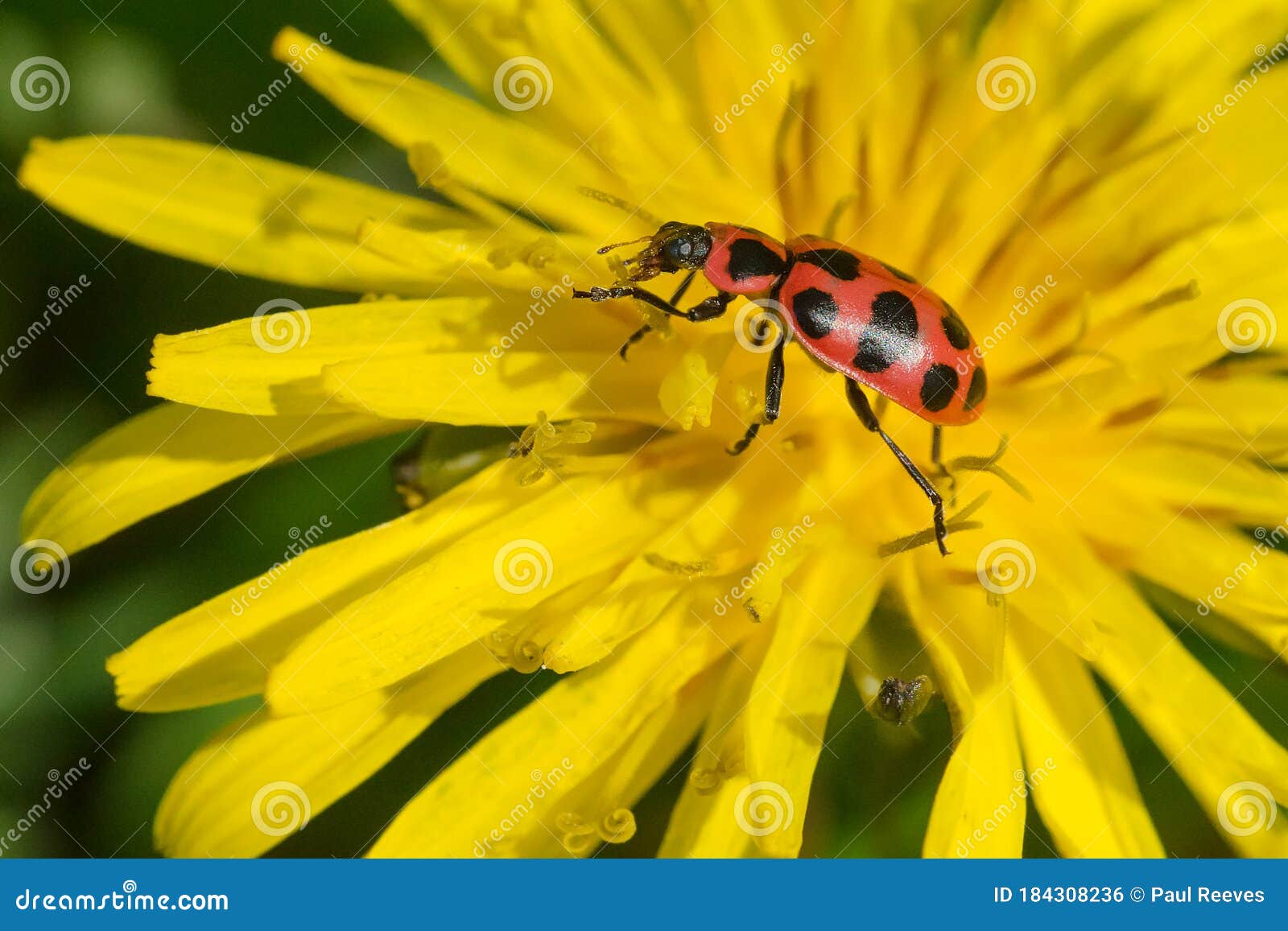


Spotted Lady Beetle Coleomegilla Maculata Stock Photo Image Of Ladybugs Lady
Coccinella septempunctata, the sevenspot ladybird (or, in North America, sevenspotted ladybug or "C7"), is the most common ladybird in EuropeIts elytra are of a red colour, but punctuated with three black spots each, with one further spot being spread over the junction of the two, making a total of seven spots, from which the species derives both its common and scientific names (from theCoccinella septempunctata, sevenspotted lady beetle, sometimes called 'C7', is a mediumsized, orange beetle with seven black spots It is a European species that was introduced into the US to aid in managing some aphid pests Figure 6 Sevenspotted lady beetle is common on many crops Plant Feeding Lady Beetles?Sevenspotted Lady Beetle, Ladybug, Ladybird (Coccinella septempunctata) by TUTMOS Apr , 09 618 PM The Sevenspotted Ladybug, late July, west KY, USA Sevenspotted Lady Beetle October 06 October 06 October 06 October 06 Taken on 26th September 06 A family feast!



Differences Between Lady Beetles Identifying Asian Lady Beetles
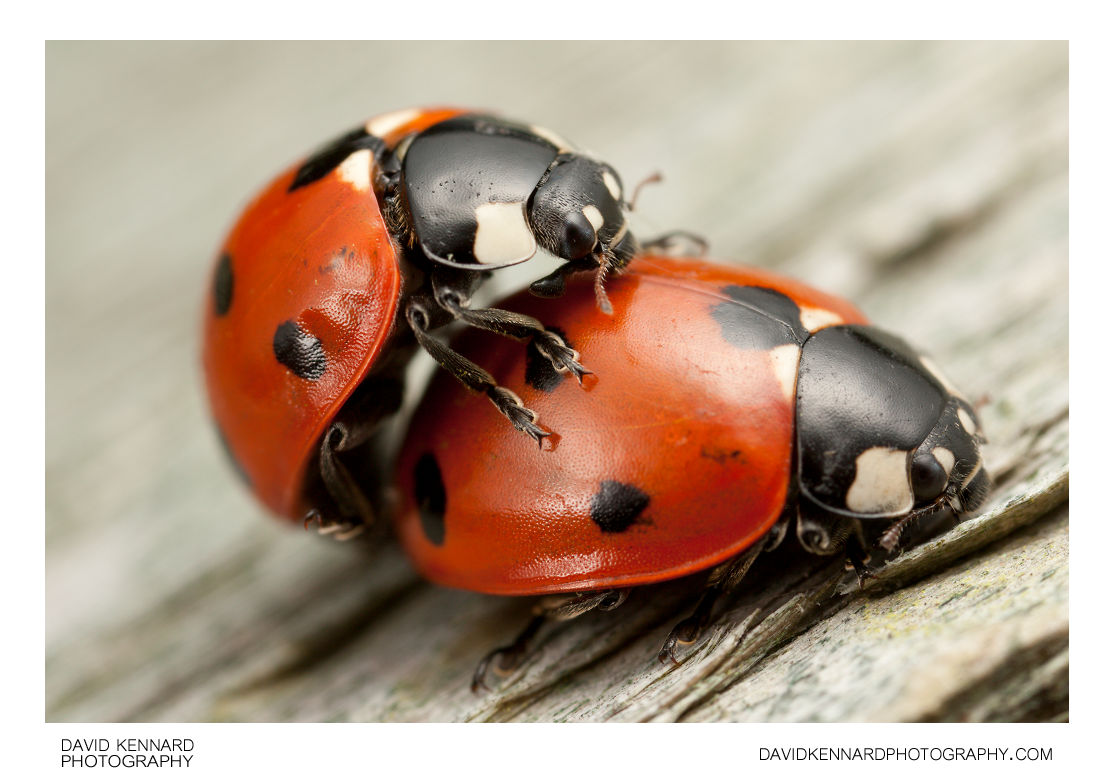


Seven Spotted Ladybird Coccinella Septempunctata Xiv David Kennard Photography
Sevenspotted lady beetle Aphid Guzzlers Aphids Don't you love them Nah!Common lady beetle predators include birds and small mammals Spiders are also known to prey on Coccinella septempunctata larvae Cannibalism on eggs and larvae of the same species are also a significant threat Other lady beetle species, Coccinellidae, also prey on the eggs and larvae of C septempunctata7 spotted lady beetle Scientific name Coccinella septapunctata Type of insect Beetle Kingdom Animalia, Phylum Arthropoda, Class Insecta, Order Coleoptera, Family Coccinellinae How to identify it Eggs are yellow, 13mm long and laid perpendicular to the leave surface They are often laid in clusters near aphids



Seven Spotted Lady Beetle Ladybirds Of Ham Lands Local Nature Reserve Richmond Upon Thames Inaturalist



Coccinella Septempunctata Seven Spotted Lady Beetle Flickr
Fast ladybird facts Habitat Grasslands, forests, cities, suburbs and along rivers There are about 5,000 different species of ladybirds in the world These much loved critters are also known as lady beetles or ladybugs, and in many cultures they're considered good luckThere is a brisk business in commercial ladybugs for aphid control, and some of the species found here in North America are actually "invasives" brought from Europe or Asia for such purpose Coccinella septempunctata, the sevenspotted ladybug, sometimes called ‘C7', is a mediumsized, orange beetle with seven black spotsIt is a European species that was introduced into the US to aidCoccinella septempunctata, the sevenspot ladybird (or, in North America, sevenspotted ladybug or "C7"), is the most common ladybird in EuropeIts elytra are of a red colour, but punctuated with three black spots each, with one further spot being spread over the junction of the two, making a total of seven spots, from which the species derives both its common and scientific names (from the
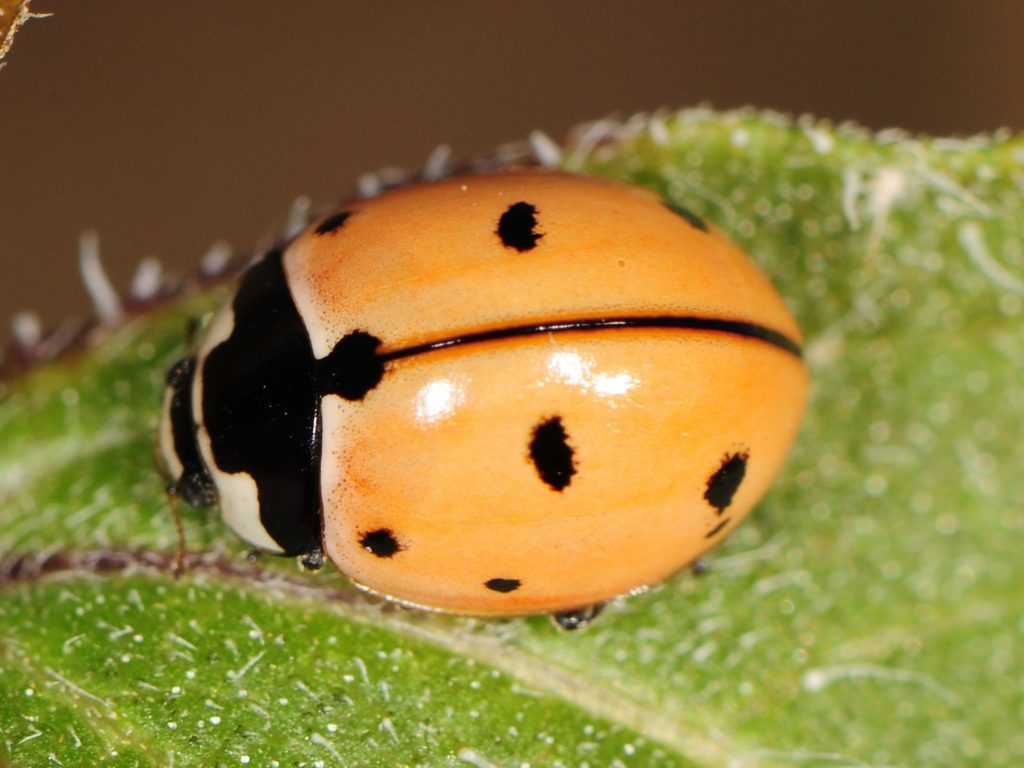


Nine Spotted Lady Beetle Vermont Atlas Of Life



Seven Spotted Ladybug Coccinella Septempunctata Stock Photo Image Of Closeup Flower
Since septempunctata actually means 'seven spotted' in Latin, I consider this to be a valid common name for this species Because it's still a lot to type scientists doing research on this lady beetle usually abbreviate that to C7 Coccinella septempunctata This pretty little lady beetle is nonnative, and wasn't thought to be invasiveSevenspotted Lady Beetle in Anne Arundel Co, Maryland (6/2/16) Verified by Blaine Mathison (BugGuide) Photo by Robert Aguilar, SERC A Sevenspotted Lady Beetle in Anne Arundel Co, Maryland (5/18/13) Photo by Bill Hubick A Sevenspotted Lady Beetle in Caroline Co, Maryland (5/29/06)The polished lady beetle is one of our many native lady beetles The members of its genus, Cycloneda, are called spotless lady beetles, and they look very similar to one another Learn more about this and other lady beetles (ladybugs) on their group page
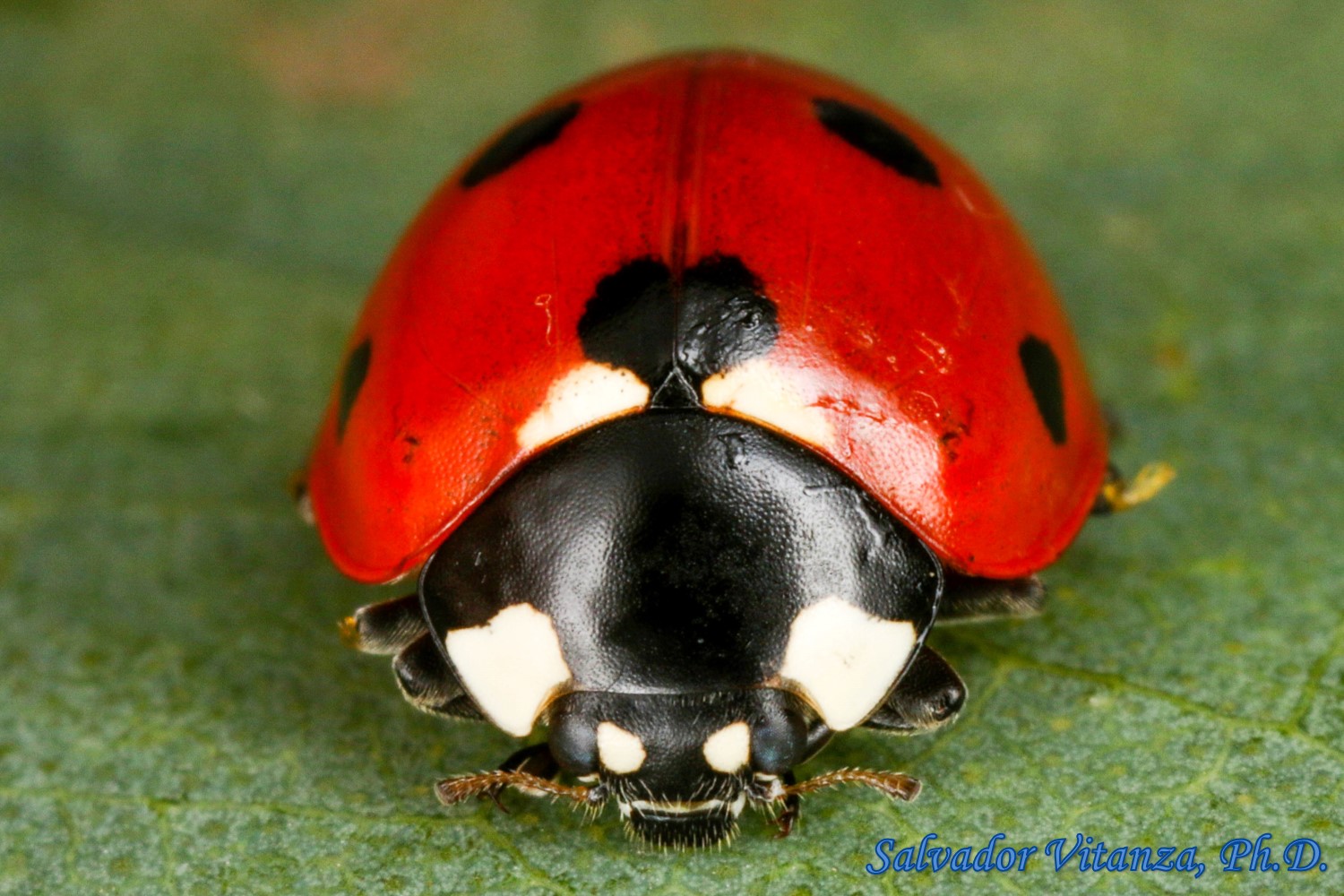


Coleoptera Coccinellidae Coccinella Septempunctata Seven Spotted Lady Beetle I Urban Programs El Paso County
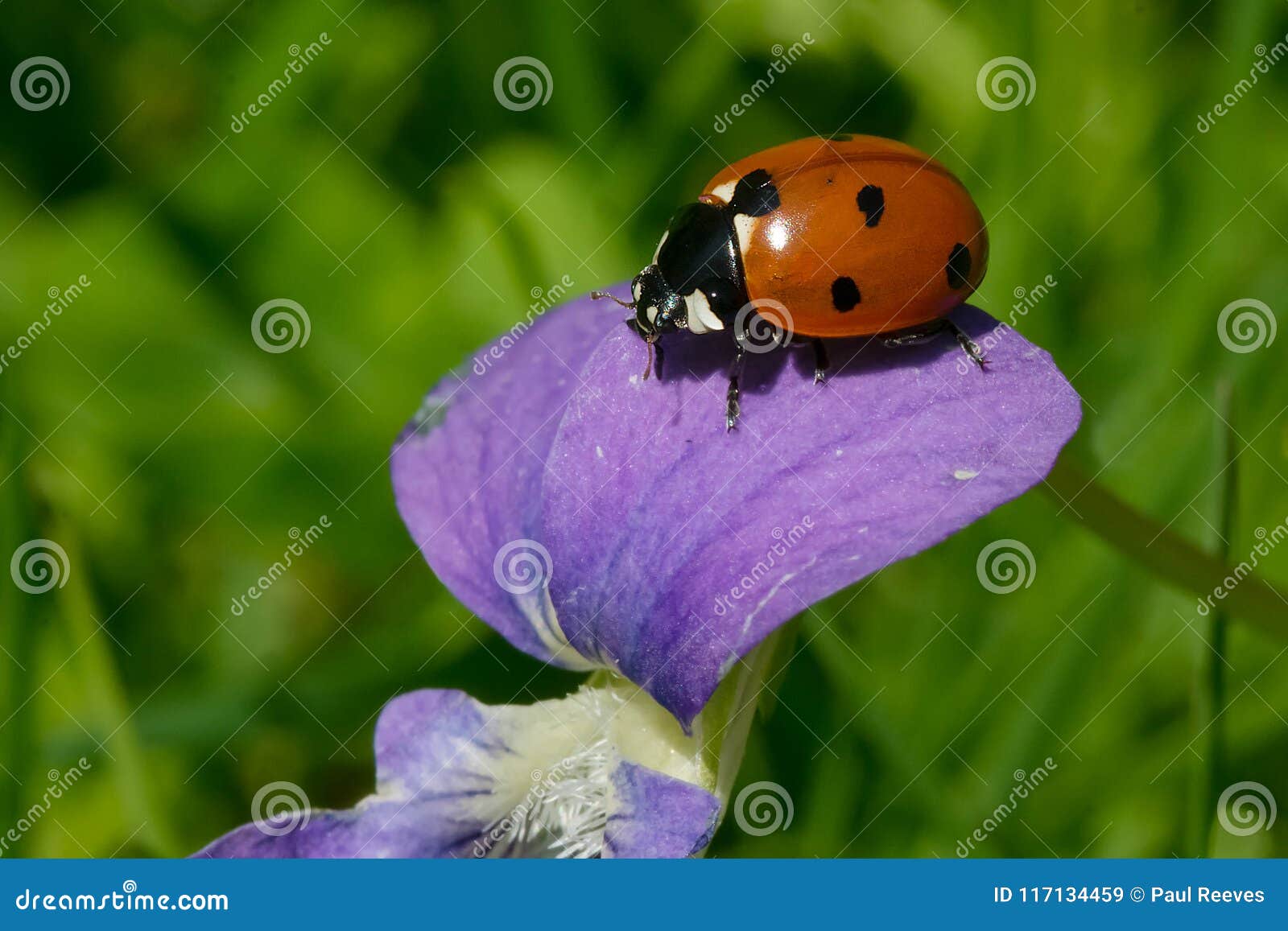


Seven Spotted Lady Beetle Coccinella Septempunctata Stock Image Image Of Environment Environmental
The sevenspotted lady beetle The sevenspotted lady beetle may be the "classic" image many of us have of a lady beetle — red with three spots on each wing and one in the center It is the most common lady beetle in Europe and became established in the US in the 1970's, soon spreading throughout North AmericaAdult lady beetles are shipped in cotton bags mixed with wood shavings One half pint (4,500) will treat 2,500 square feet (50′ x 50′) of growing area To release, simply water your garden and shake the predators out close to pest populations DO NOT release during the sunny part of the day, but rather wait until eveningA sevenspotted lady beetle climbs a plant gone to seed, presumably looking for something to eat I never see them catch anything, only see them busily investigating



Ladybug Facts And Photos



Science Source Stock Photos Video Seven Spotted Ladybird
The sevenspotted lady beetle, Coccinella septempunctata, is the lady beetle of nursery rhymes, an introduced species from Europe It is now widely distributed in North America and a common species It can be found in many crops, but is particularly common in gardens and field crops, rather than on trees and shrubsA sevenspotted lady beetle climbs a plant gone to seed, presumably looking for something to eat I never see them catch anything, only see them busily investigatingThis short film provides a closeup look at the Sevenspotted Lady Beetle (Coccinella septempunctata), a now common species that was accidentally introduced
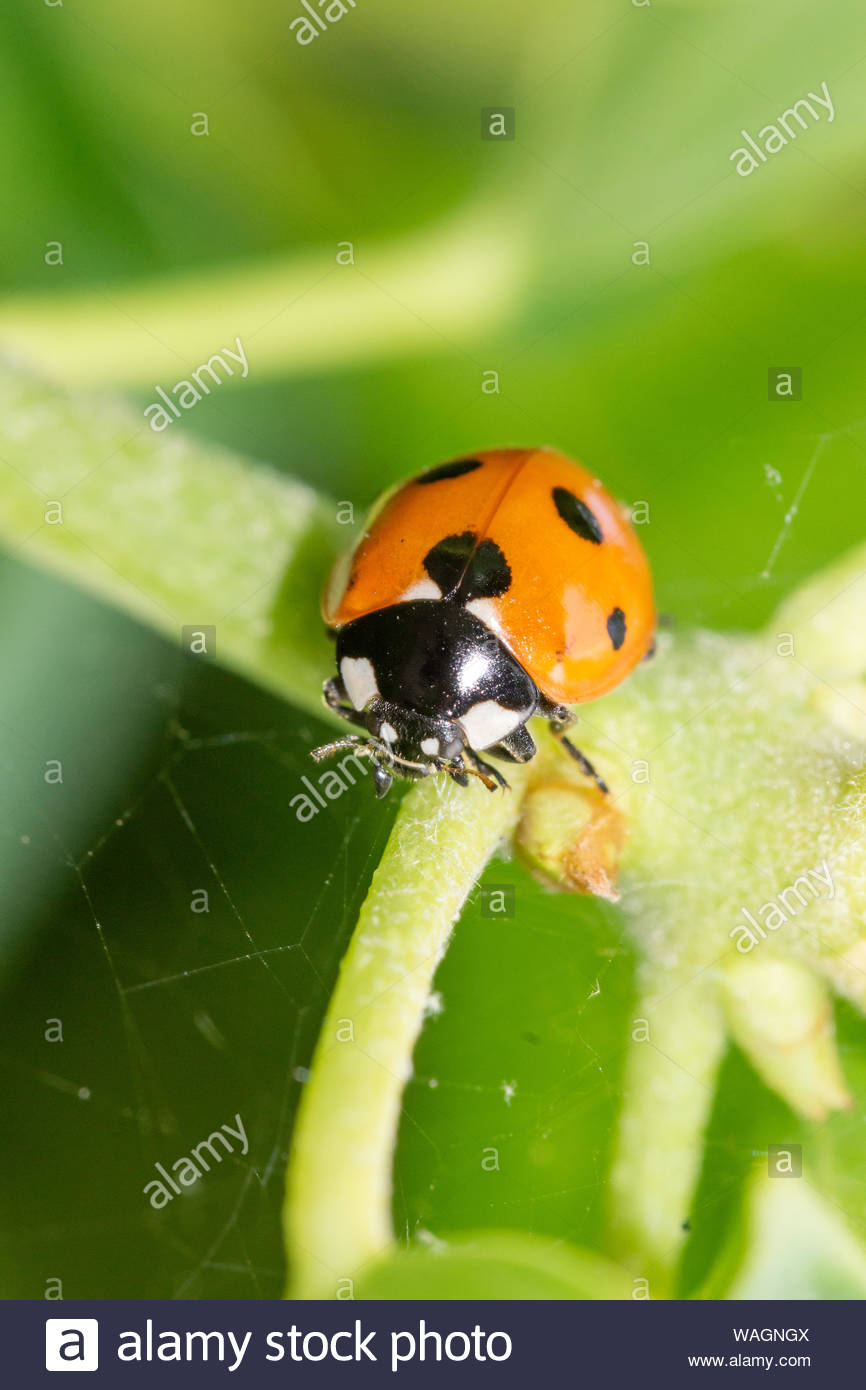


Seven Spotted Ladybird Coccinella Septempunctata In The Uk Stock Photo Alamy



Pin On Beneficial Insects
The farmers began calling the red and black beetles "our lady's birds" or lady beetles In Germany, these insects go by the name Marienkafer, which means "Mary beetles" The sevenspotted lady beetle is believed to be the first one named for the Virgin Mary;



Seven Spot Ladybird Most Popular Photos Jungledragon



Bug Eric Id Tip Seven Spotted Or Nine Spotted Lady Beetle



Seven Spotted Ladybug Nature Discoveries With Serenella Linares Youtube



File Seven Spotted Lady Beetle Coccinella Septempunctata Oslo Norway 08 15 02 Jpg Wikimedia Commons



Seven Spotted Lady Beetle So Many Ladybugs I Saw While Hik Flickr



Red Ladybug



Coccinella Septempunctata Seven Spotted Lady Beetle Larva Insecten
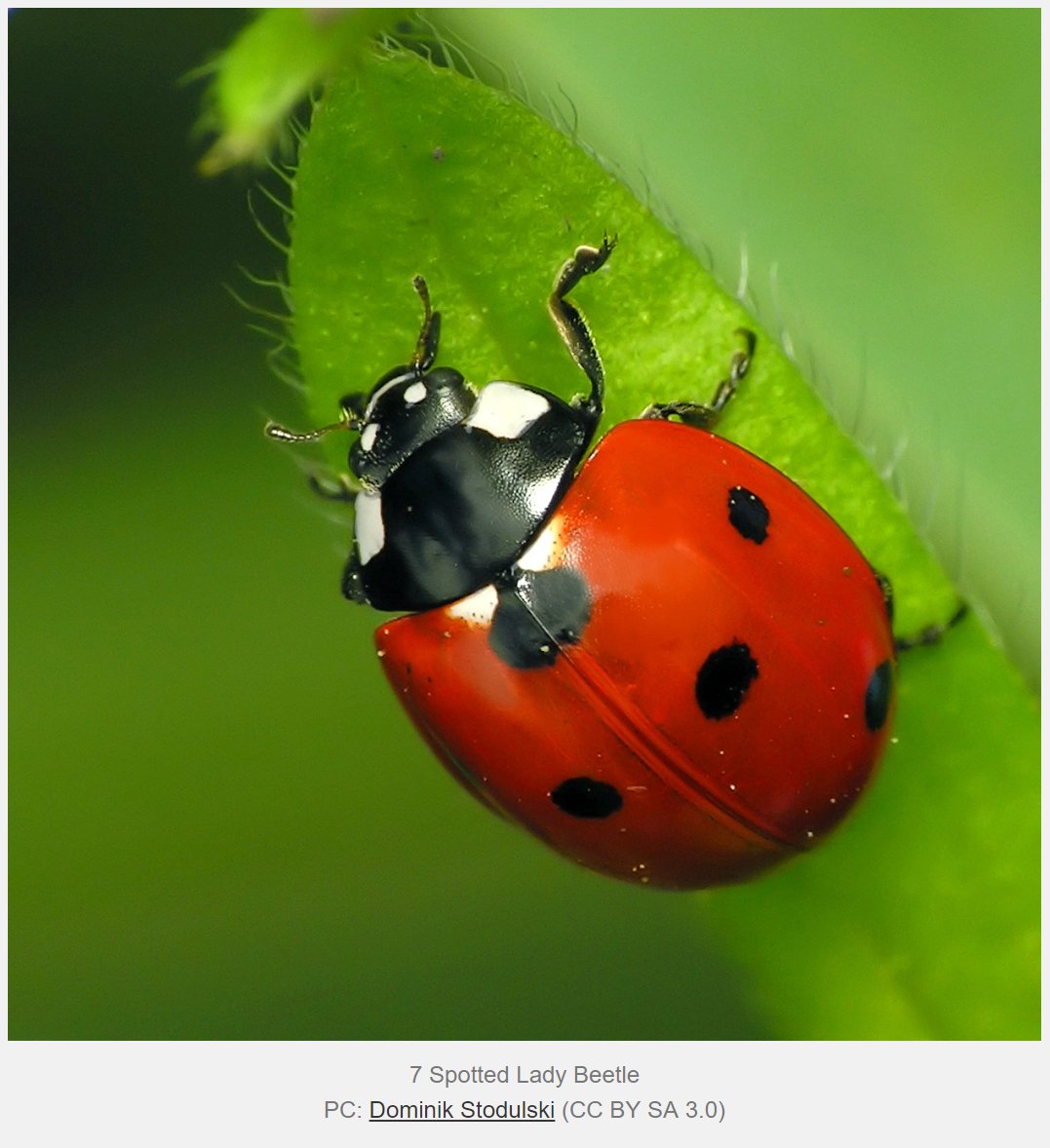


Nancy Miorelli 1 Ladybug Ladybird And Lady Beetle Are All Common Names For The Same Group Of Beetles Family Coccinellidae Based On Context And General Shape I Believe
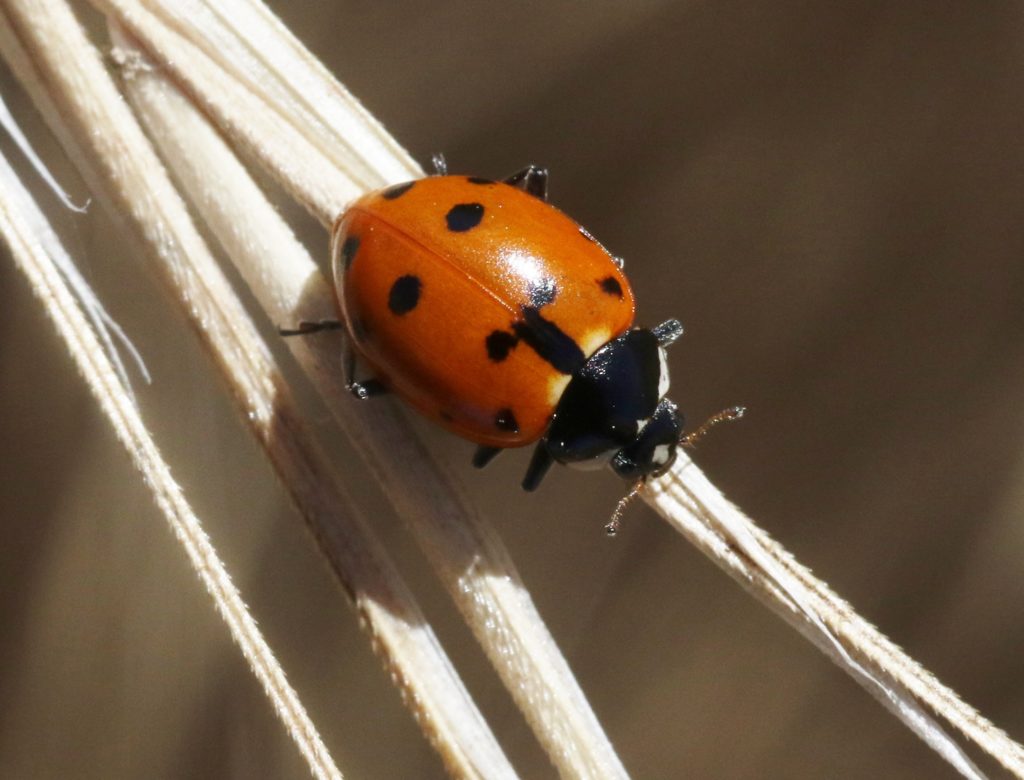


Five Spotted Lady Beetle Vermont Atlas Of Life
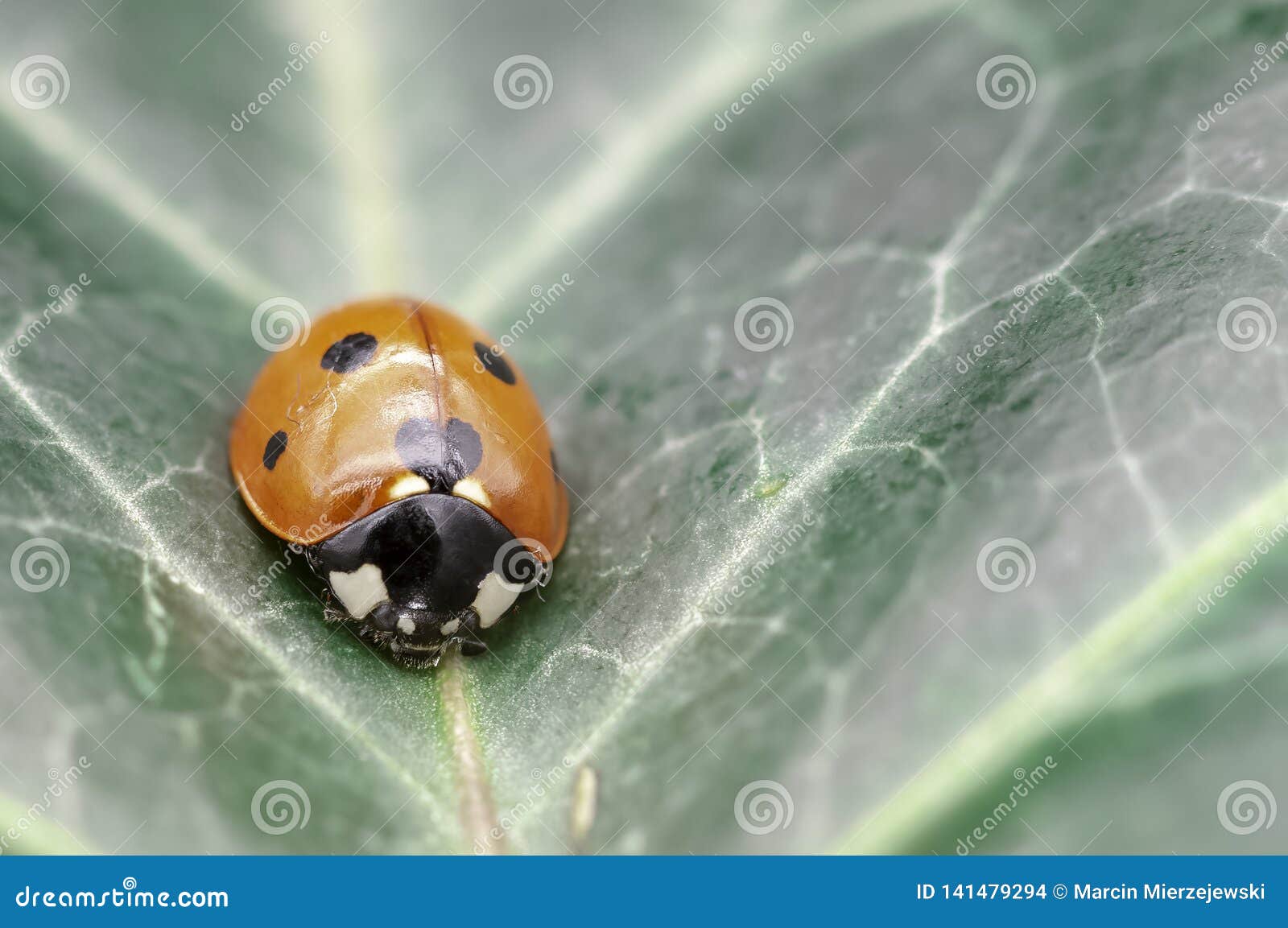


Coccinella Septempunctata Known As Seven Spot Ladybird Seven Spotted Ladybug C 7 Or Seven Spot Lady Beetle Stock Photo Image Of Environment Plant
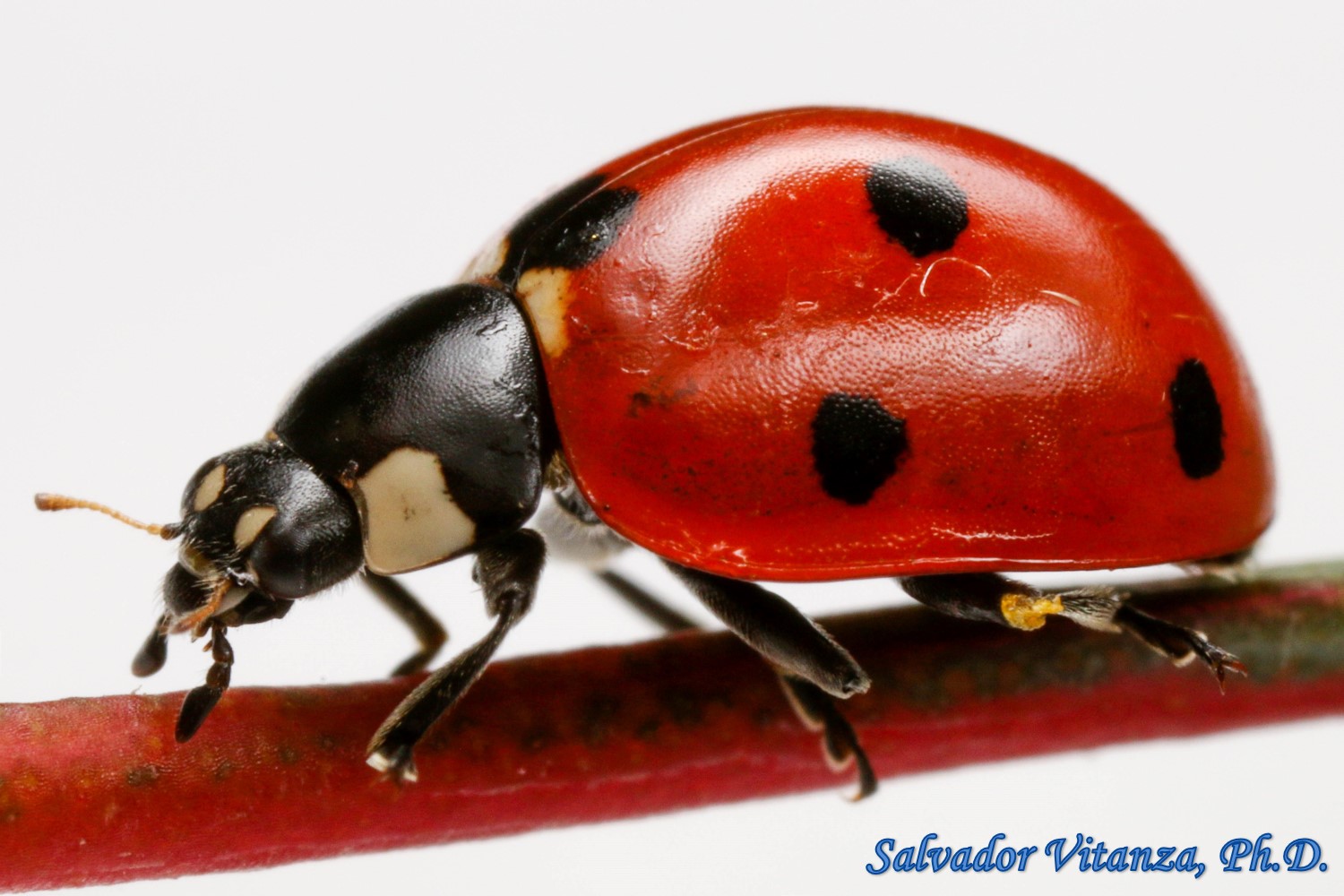


Coleoptera Coccinellidae Coccinella Septempunctata Seven Spotted Lady Beetle F Urban Programs El Paso County



File Seven Spotted Lady Beetle Larva Coccinella Septempunctata Merrimac Farm Wildlife Management Area Aden Virginia Jpg Wikimedia Commons



7 Spot Ladybird Naturespot


Q Tbn And9gcqcfo6szsjaguifjrio 5pwxtgnxbl43tqrf7m2u4uo1tuuz7hm Usqp Cau



File Seven Spotted Ladybug Coccinella Septempunctata Jpg Wikimedia Commons



Coccinella Septempunctata By Gary B Jungledragon



Seven Spotted Lady Beetle Vermont Atlas Of Life


7 Spot Ladybird Naturespot
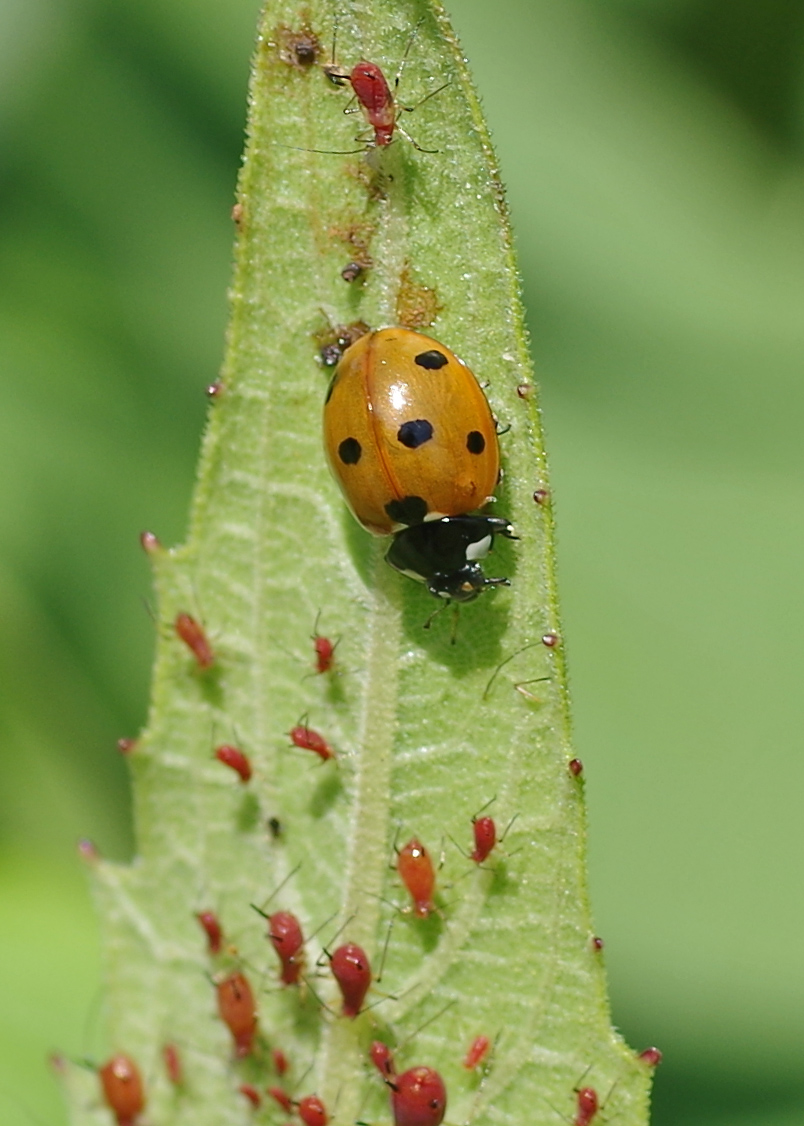


Bug O The Week Seven Spotted Ladybug Riveredge Nature Center
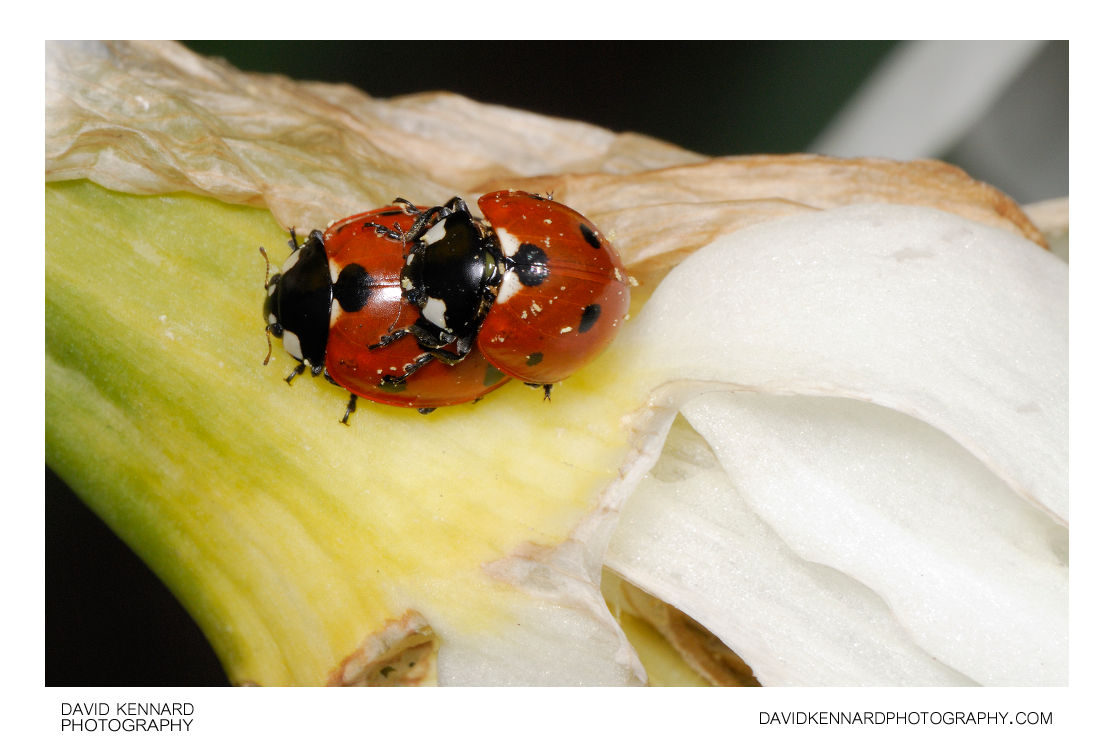


Seven Spotted Ladybird Coccinella Septempunctata Viii David Kennard Photography
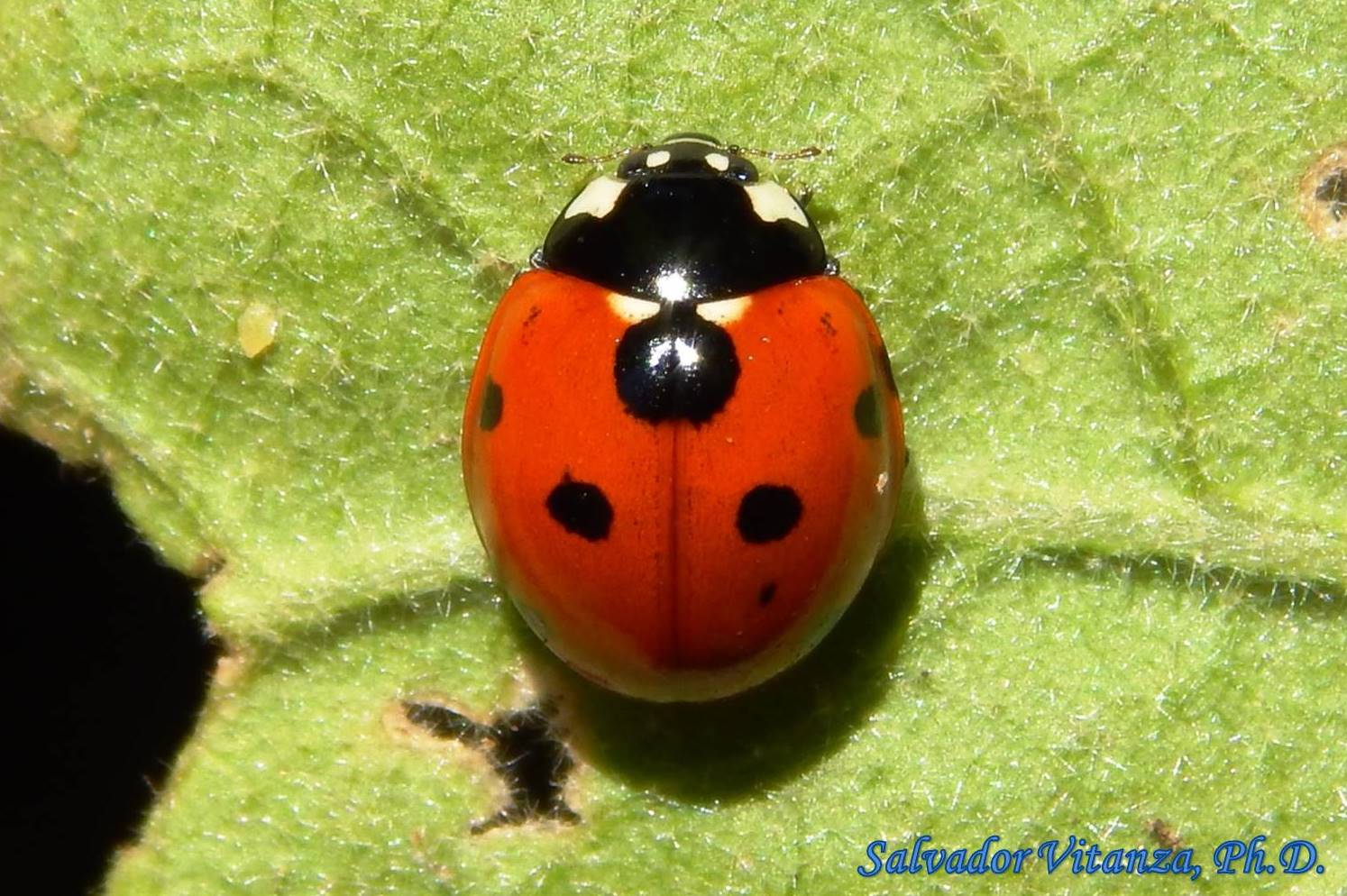


Coleoptera Coccinellidae Coccinella Septempunctata Seven Spotted Lady Beetle D Urban Programs El Paso County



File Seven Spotted Lady Beetle Coccinella Septempunctata Occoquan Bay National Wildlife Refuge Woodbridge Virginia Jpg Wikimedia Commons



Uk Researcher Receives Grant To Study Biological Control S Effectiveness News



Seven Spotted Ladybird Coccinella Septempunctata On Flower Ekf Erich Kuchling Westend61



Ladybird Print The Seven Spot Ladybird Small Lady Beetle Etsy Lady Beetle Insect Art Bee Artwork
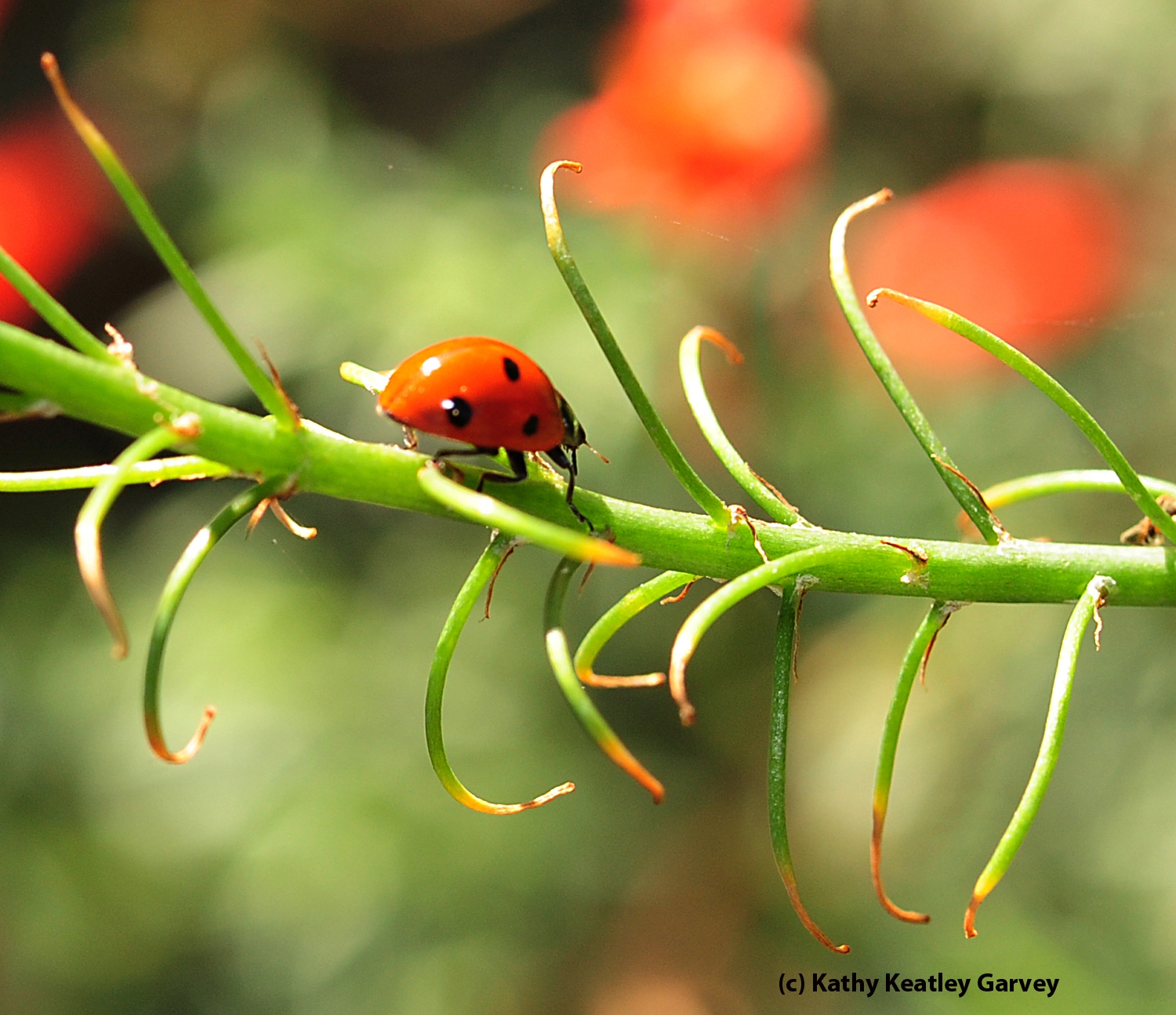


Walking The Line Bug Squad Anr Blogs



Maryland Biodiversity Project Seven Spotted Lady Beetle Coccinella Septempunctata



Maryland Biodiversity Project Seven Spotted Lady Beetle Coccinella Septempunctata



Seven Spotted Lady Beetle Coccinella Septempunctata Flickr



Coleoptera Coccinellidae Coccinella Septempunctata Seven Spotted Lady Beetle F Urban Programs El Paso County



Coleoptera Coccinellidae Coccinella Septempunctata Seven Spotted Lady Beetle A Urban Programs El Paso County
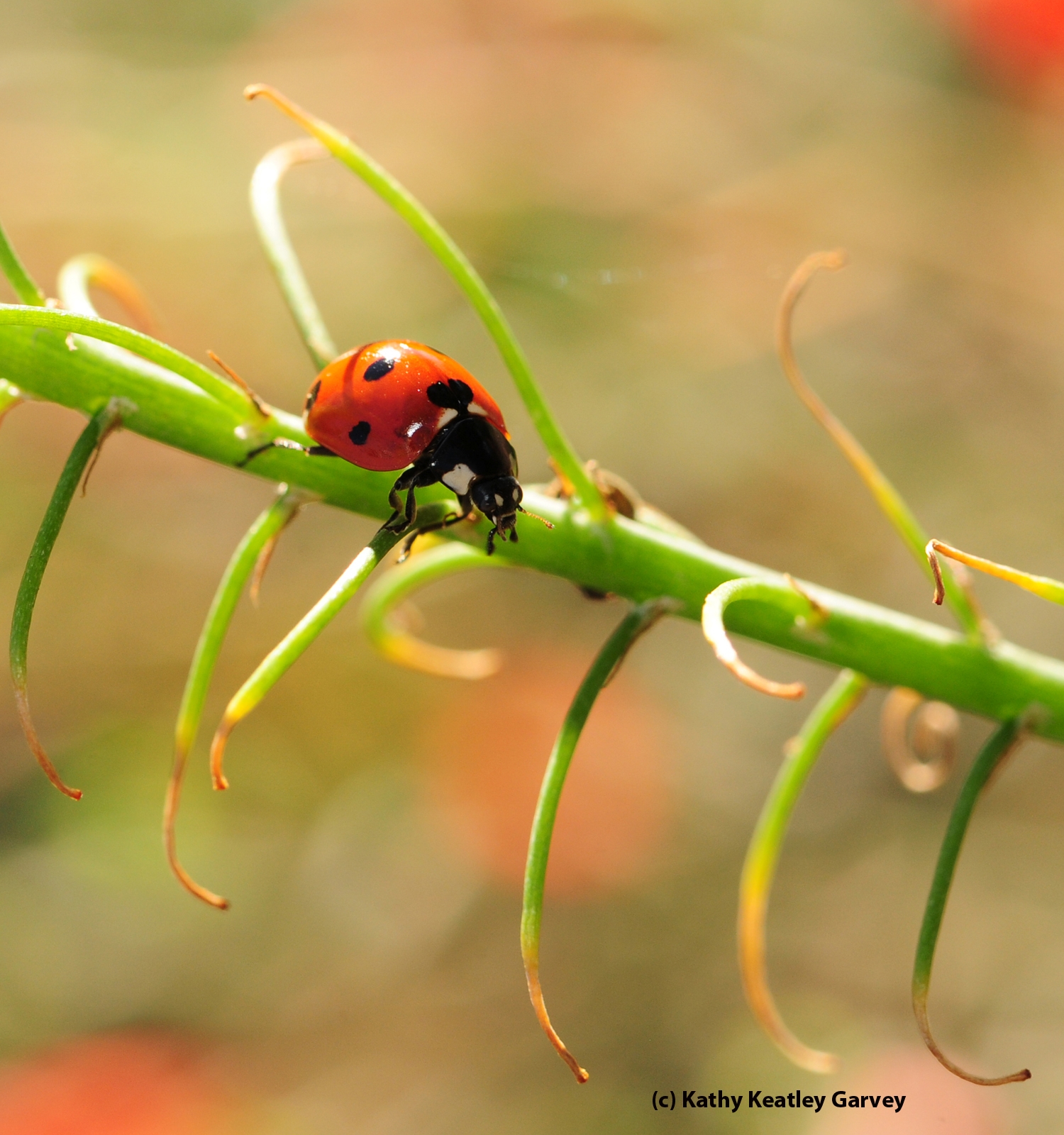


Walking The Line Bug Squad Anr Blogs
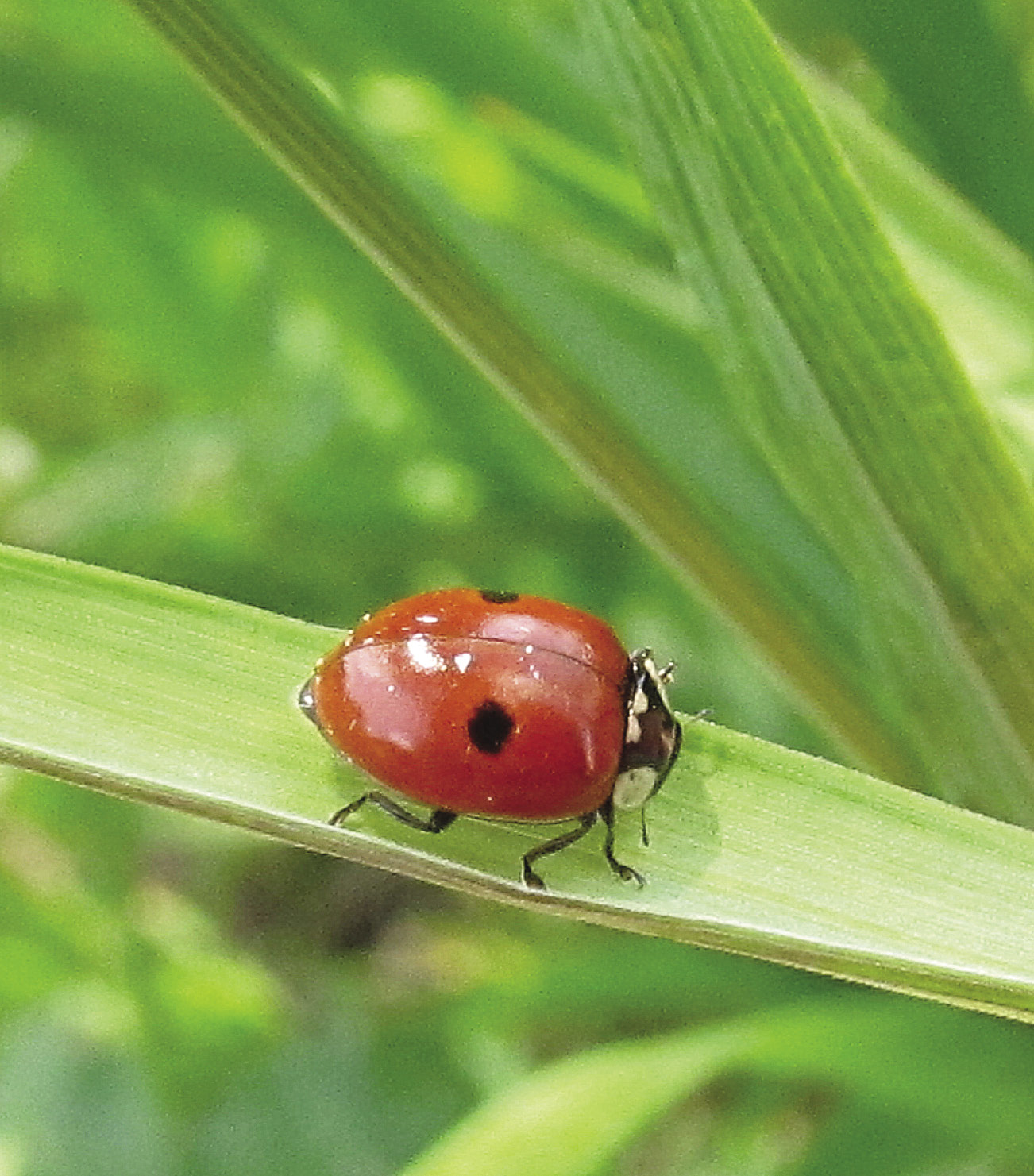


Ladybugs Lost And Found Northern Wilds Magazine



Scienceshot Invasive Ladybug Carries Fatal Parasite Science as
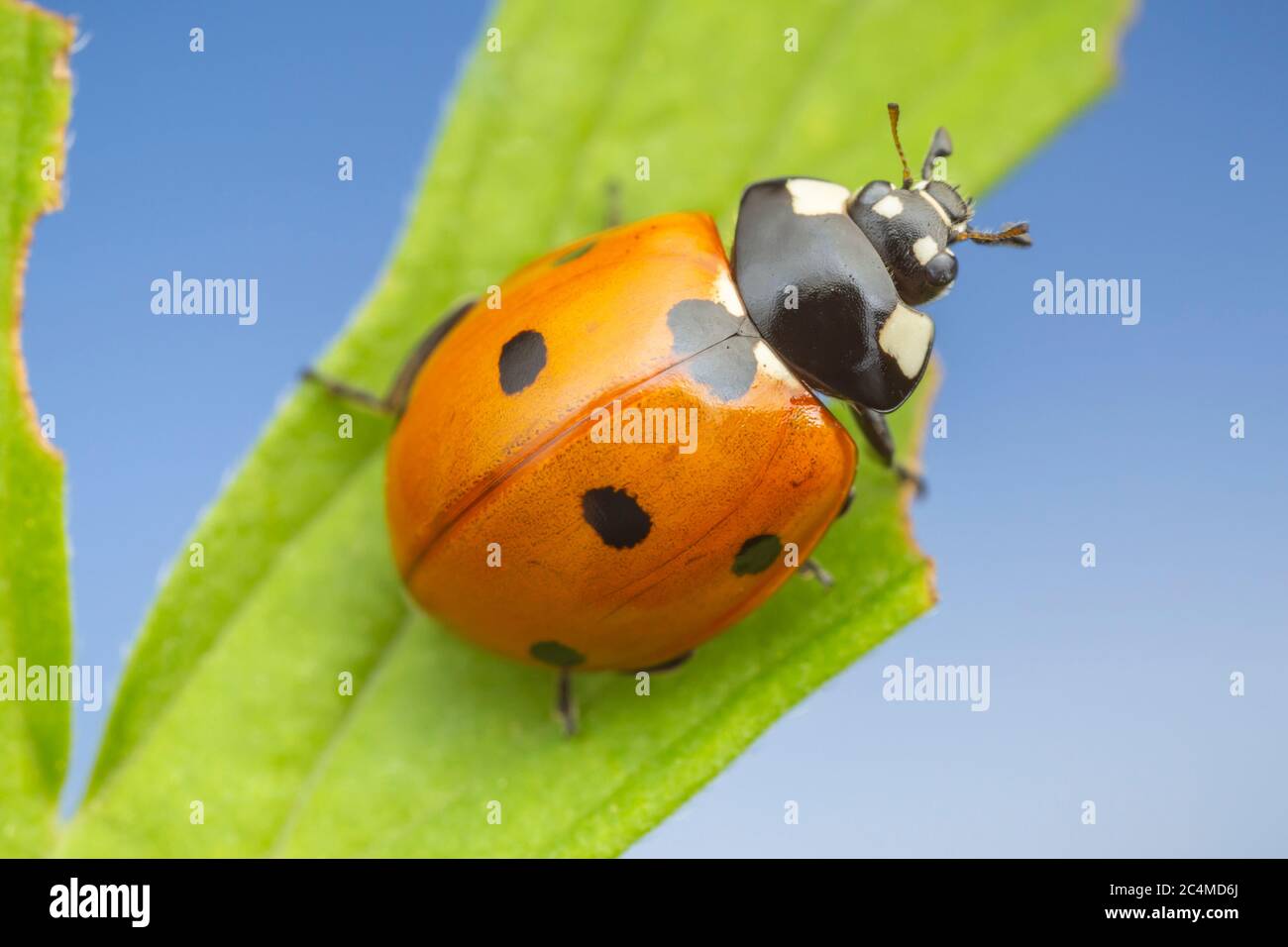


Seven Spotted Lady Beetle High Resolution Stock Photography And Images Alamy



Two Copulating Seven Spotted Ladybirds Mjof Mark Johnson Westend61
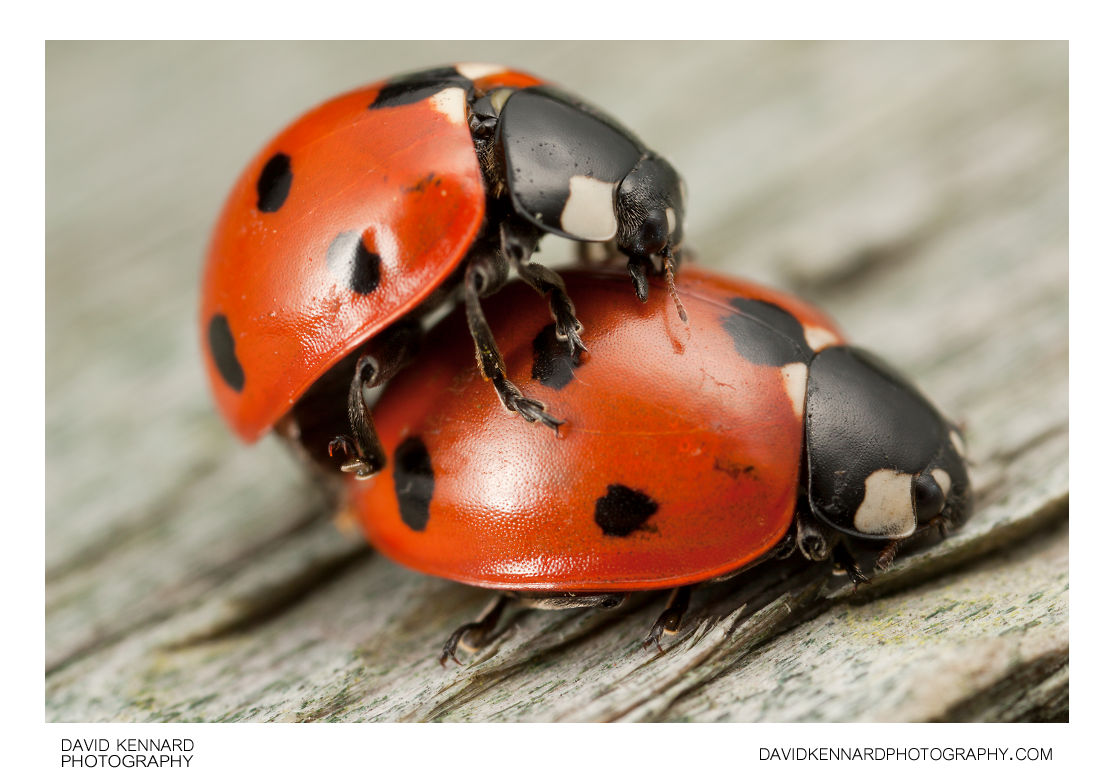


Seven Spotted Ladybird Coccinella Septempunctata Xii David Kennard Photography


Q Tbn And9gcrlg Fc Rthlfse V8h7k47xkjrxonpikkld0zugm Usqp Cau



File Seven Spotted Lady Beetle Jpg Wikimedia Commons



Seven Spotted Lady Beetle By Ajgus On Deviantart
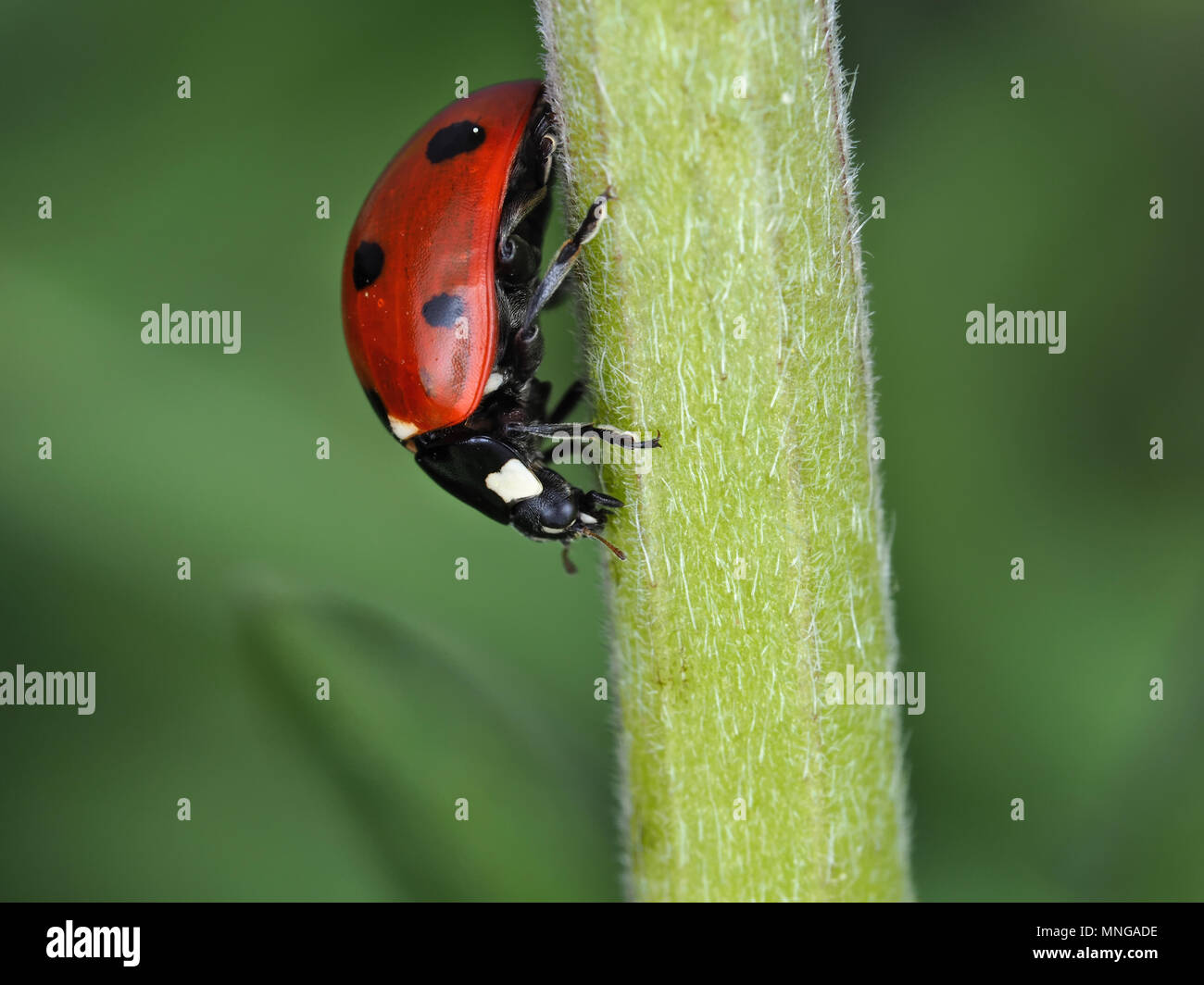


Coccinella Septempunctata The Seven Spot Ladybird On A Green Plant Stem Stock Photo Alamy


Seven Spotted Lady Beetle Larva Project Noah



Minnesota Seasons Seven Spotted Lady Beetle
/ladybug-58f2772b5f9b582c4d5a8ed1.jpg)


Ladybugs Family Coccinellidae



Bug Eric Id Tip Seven Spotted Or Nine Spotted Lady Beetle



Coccinella Undecimpunctata Wikipedia



Coccinella Septempunctata Seven Spotted Lady Beetle Tor Flickr



File Seven Spotted Lady Beetle Coccinella Septempunctata Larva Guelph Ontario 02 Jpg Wikimedia Commons


Ladybug



Seven Spot Ladybird Coccinella Septempunctata And Two Spotted Ladybeetle Adalia Bipunctata Pair On A Stem With Aphids And An Ant Belgium Stock Photo Alamy



Seven Spotted Ladybug Image Photo Free Trial Bigstock
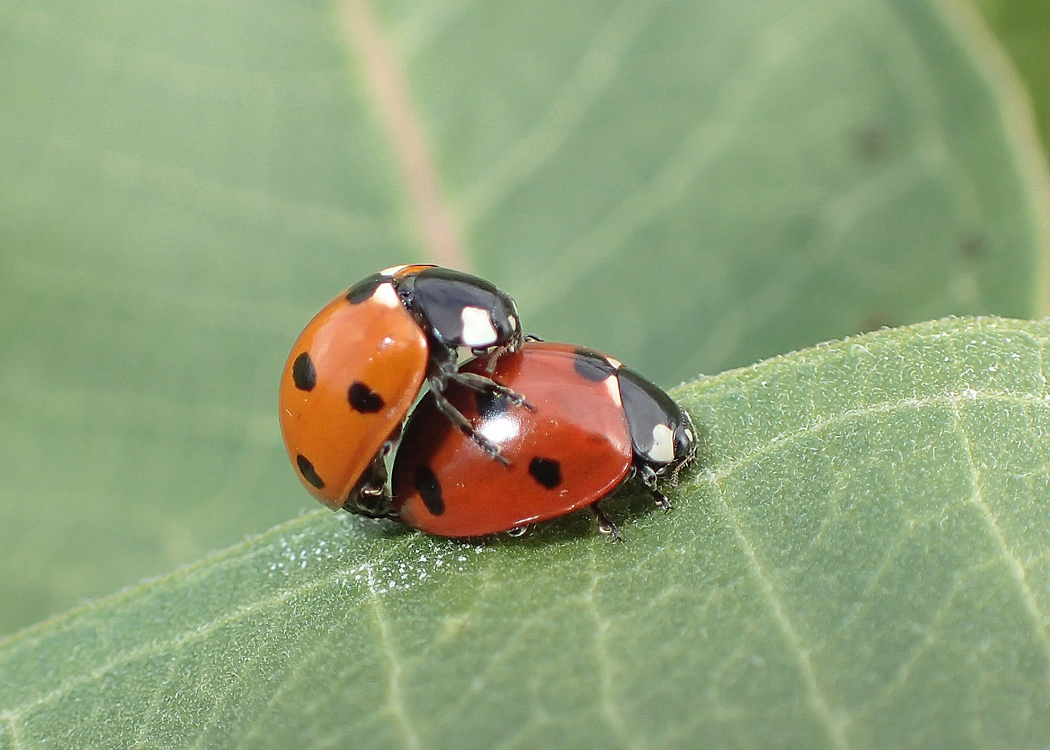


Bug O The Week Seven Spotted Ladybug Riveredge Nature Center
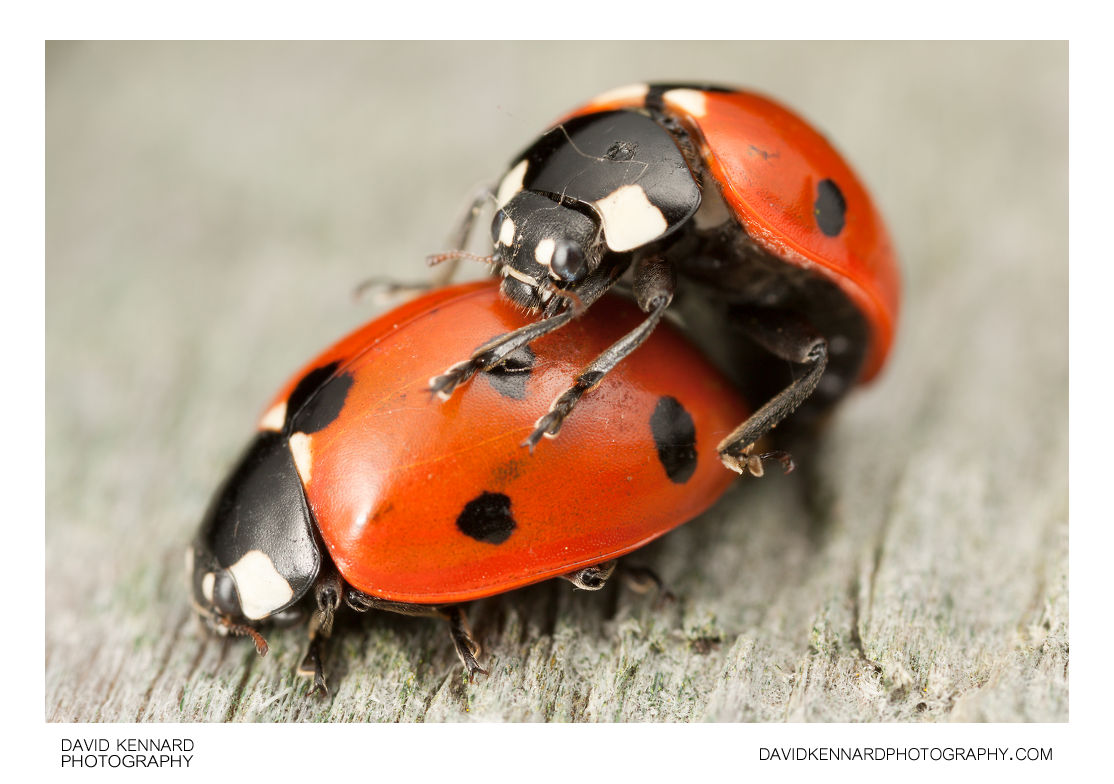


Seven Spotted Ladybird Coccinella Septempunctata Vii David Kennard Photography



Variable And Seven Spotted Ladybugs Graham S Island
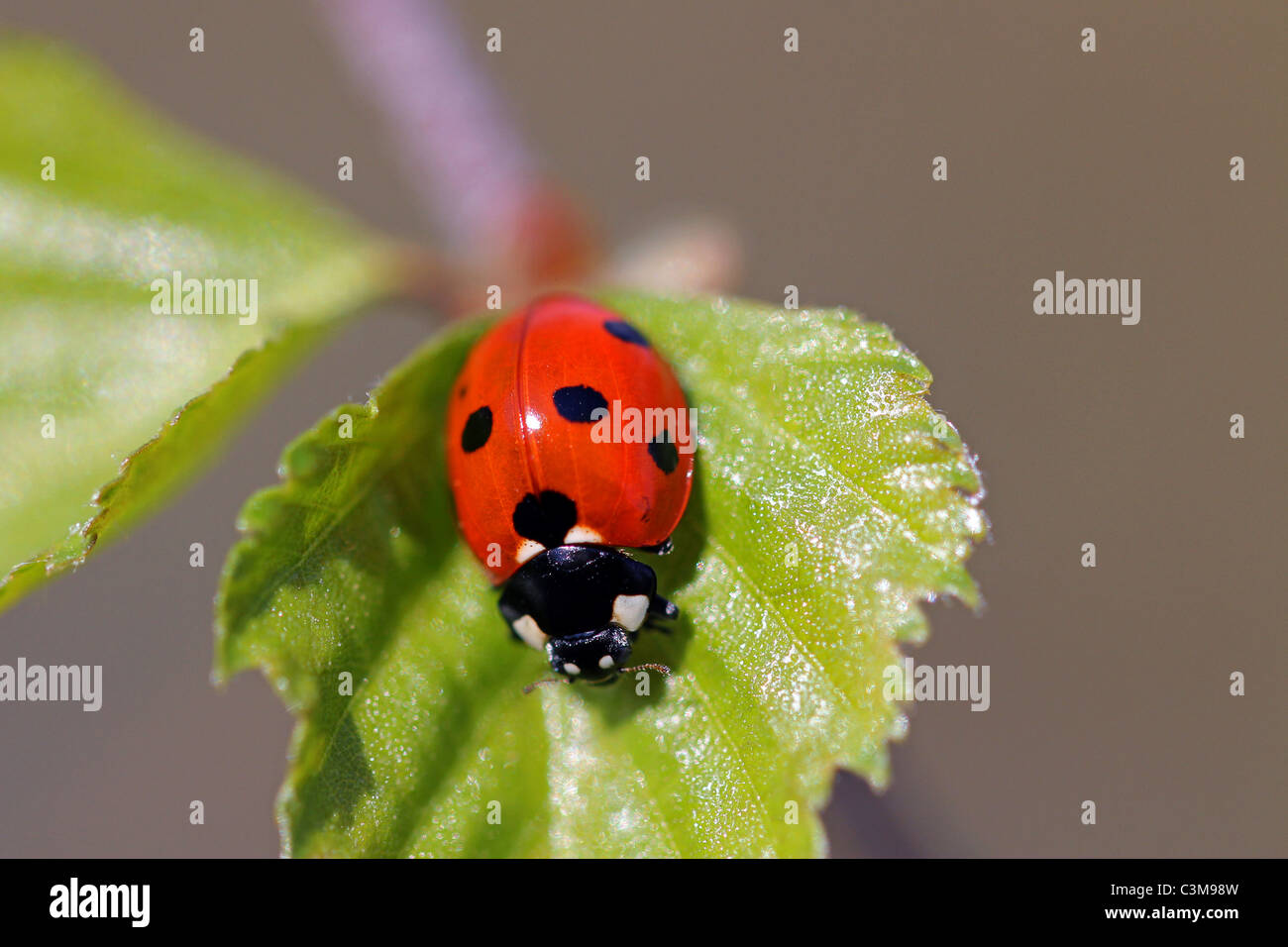


Seven Spotted Ladybug Coccinella Septempunctata Stock Photo Alamy



Seven Spotted Lady Beetle Seven Spotted Ladybug Mdc Discover Nature



Seven Spot Ladybird National Insect Week


Q Tbn And9gcrhm Ueemsybrytbfadebj Cb7oe Djii768voy7 Cbgtkpyjf Usqp Cau



Coccinella Septempunctata Sevenspot Ladybird North America Stock Photo Edit Now
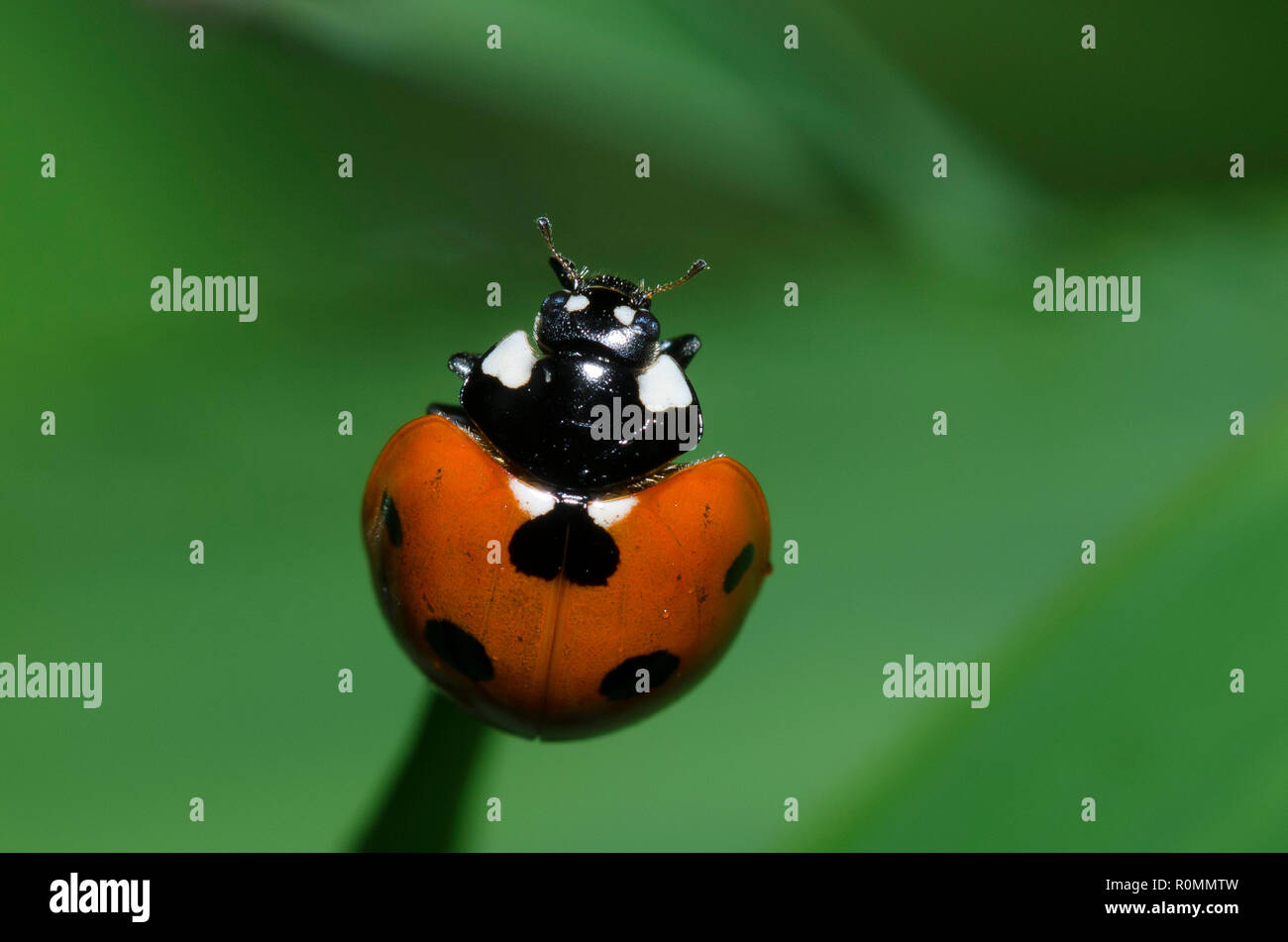


Seven Spotted Lady Beetle Coccinella Septempunctata Stock Photo Alamy



Seven Spot Ladybirds Observation Uk And Ireland Ispot



9 Seven Spotted Ladybug Photos Poems And Prose
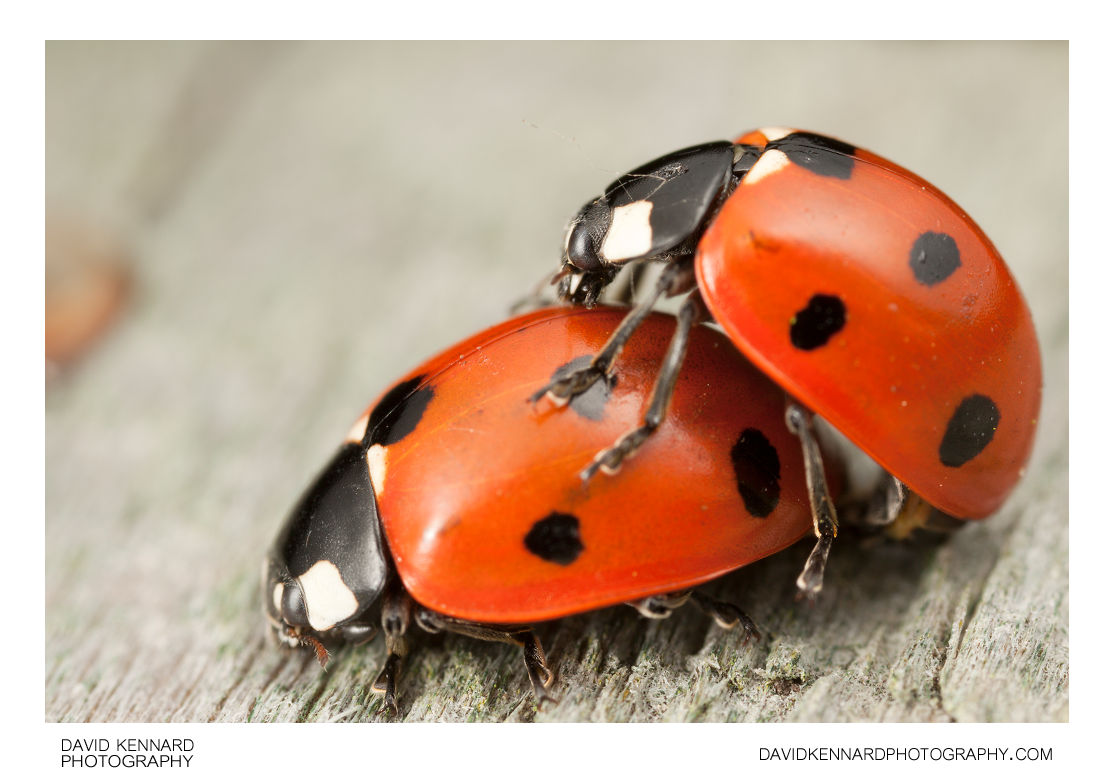


Seven Spotted Ladybird Coccinella Septempunctata Viii David Kennard Photography
/GettyImages-114266758-598d17bbaf5d3a0011f0e8a0.jpg)


10 Fascinating Facts About Ladybugs
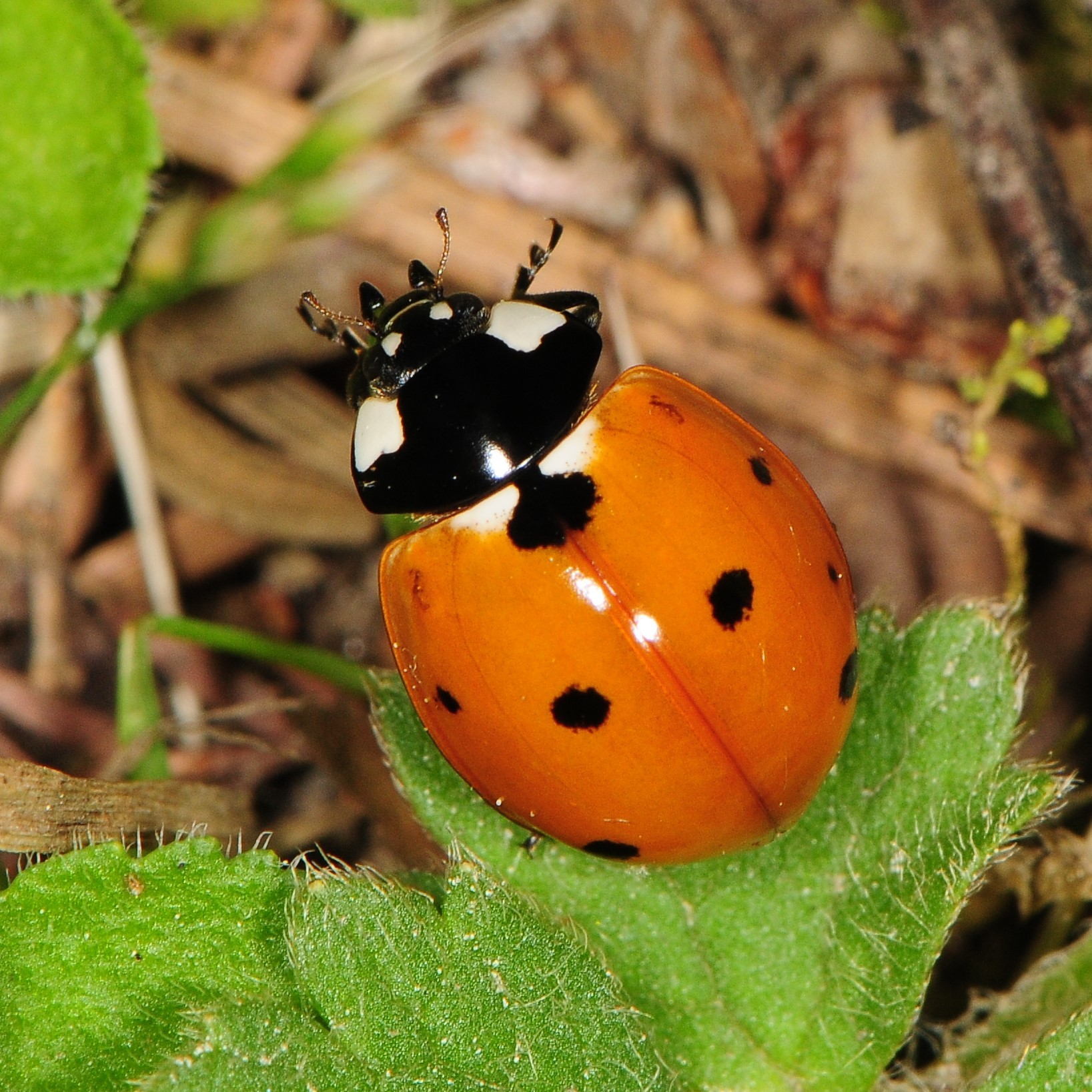


Maryland Biodiversity Project Seven Spotted Lady Beetle Coccinella Septempunctata



Maryland Biodiversity Project Seven Spotted Lady Beetle Coccinella Septempunctata
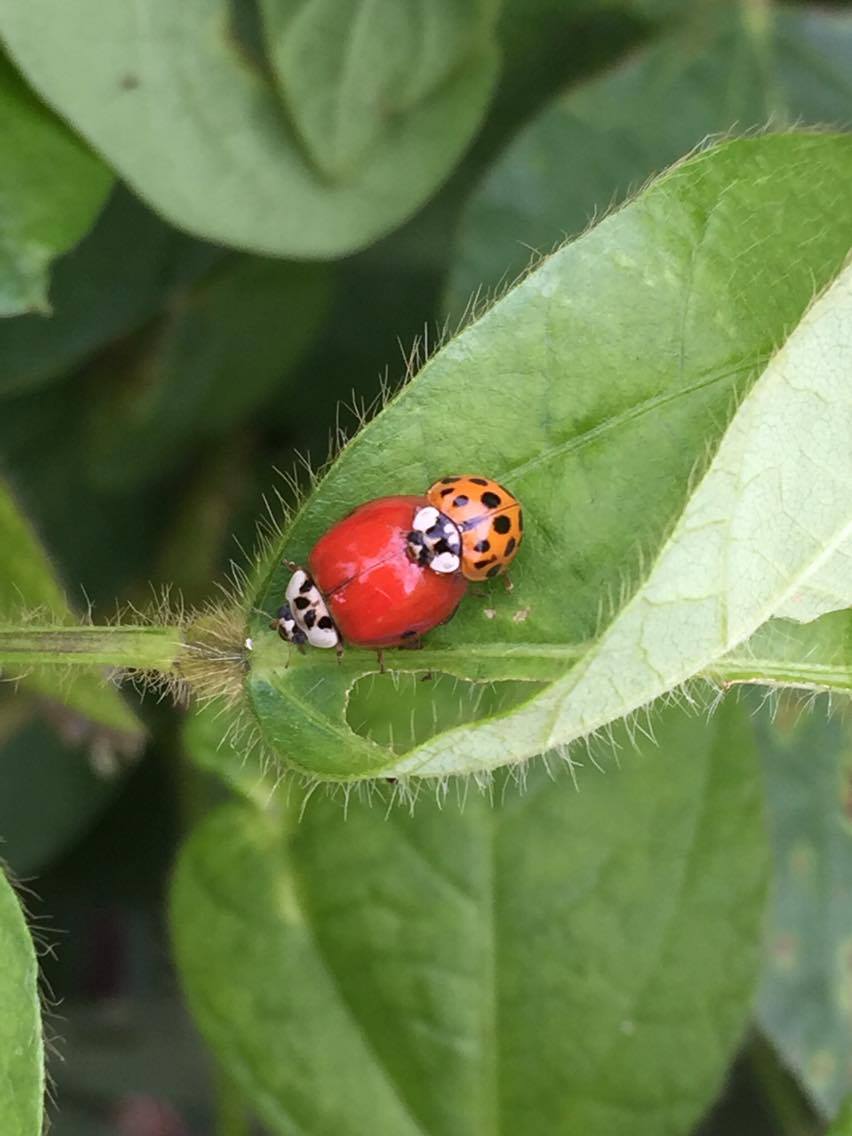


Lady Beetles The Hardest Working Ladies On Your Farm Tend


Http Courses Cit Cornell Edu Icb344 Documents Ladybugguide Pdf
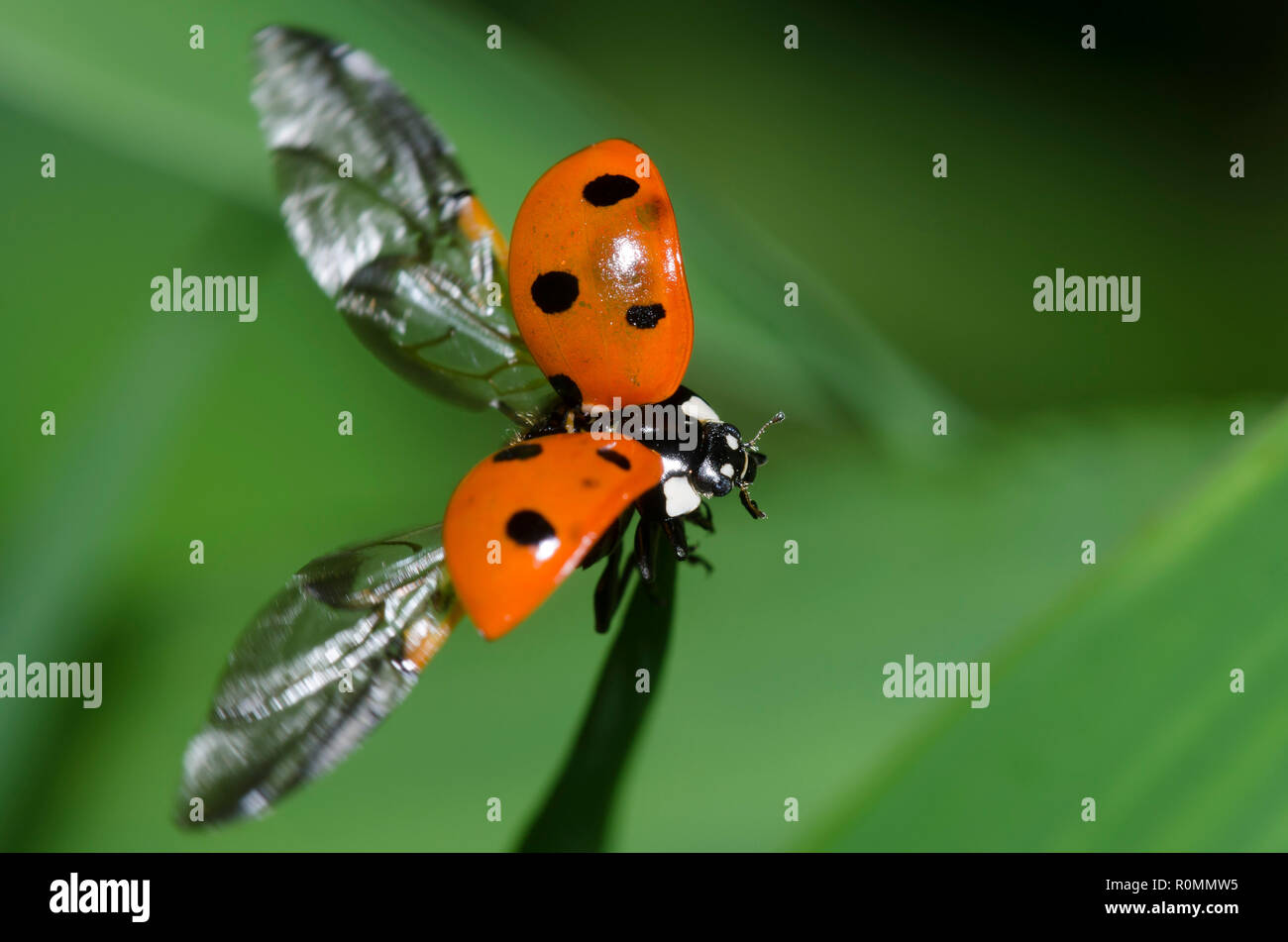


Seven Spotted Lady Beetle High Resolution Stock Photography And Images Alamy



May7 19 Dsc Seven Spotted Lady Beetle Terry Gray Flickr
/good-and-bad-ladybugs-2656236-v3-fe3e465282be4de686c08d2cf80defa8.png)


Native Ladybugs Vs Asian Lady Beetles



Coccinella Septempunctata Known As Seven Spot Ladybird Seven Spotted Ladybug C 7 Or Seven Spot Lady Beetle Stock Image Image Of Detail Closeup



Picture 1 Seven Spotted Lady Beetle Master Gardeners Of Northern Virginia



Wet Seven Spotted Ladybirds Coccinella Septempunctata At Sunlight Mjof Mark Johnson Westend61



Seven Spotted Ladybug Graham S Island


0 件のコメント:
コメントを投稿